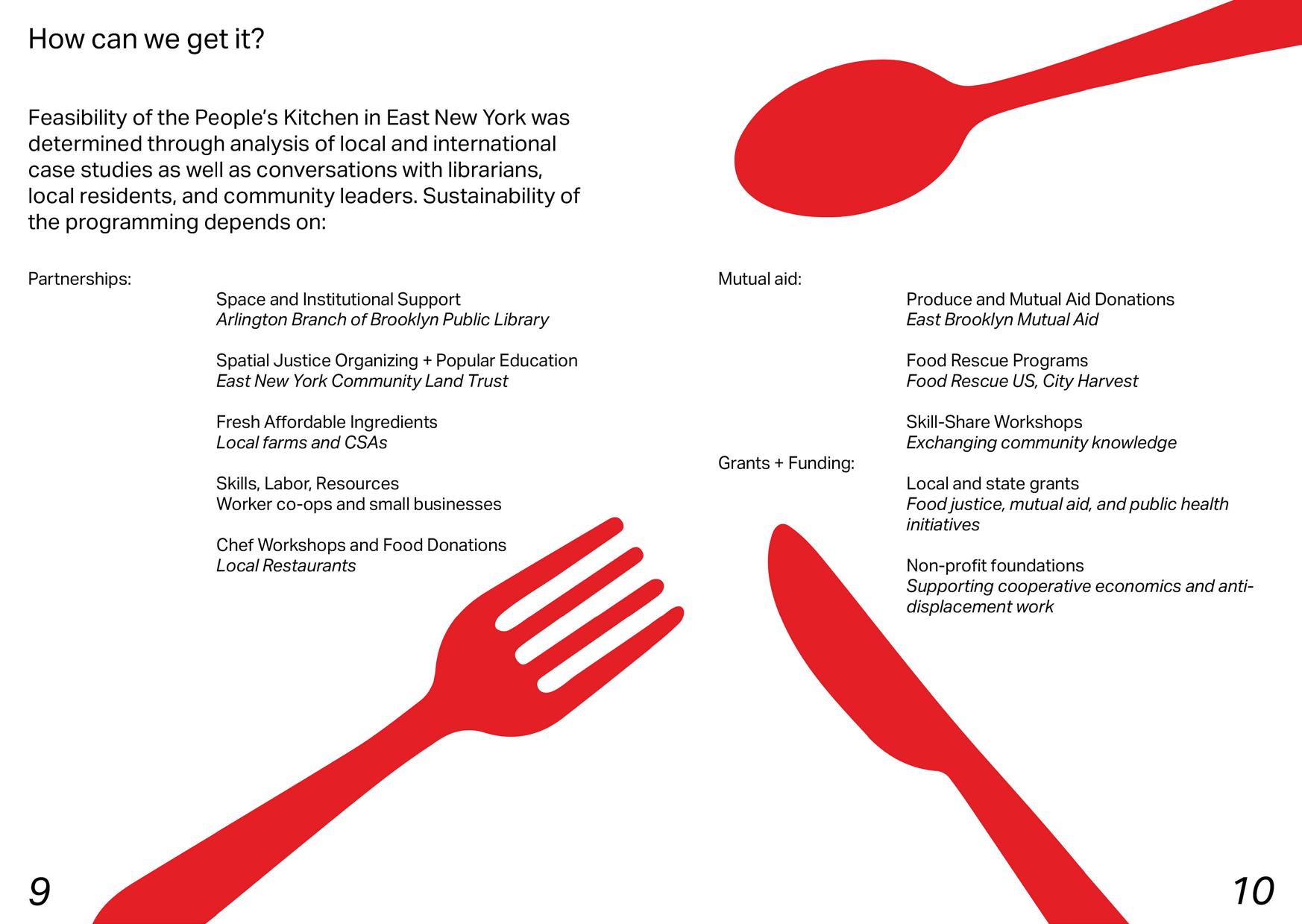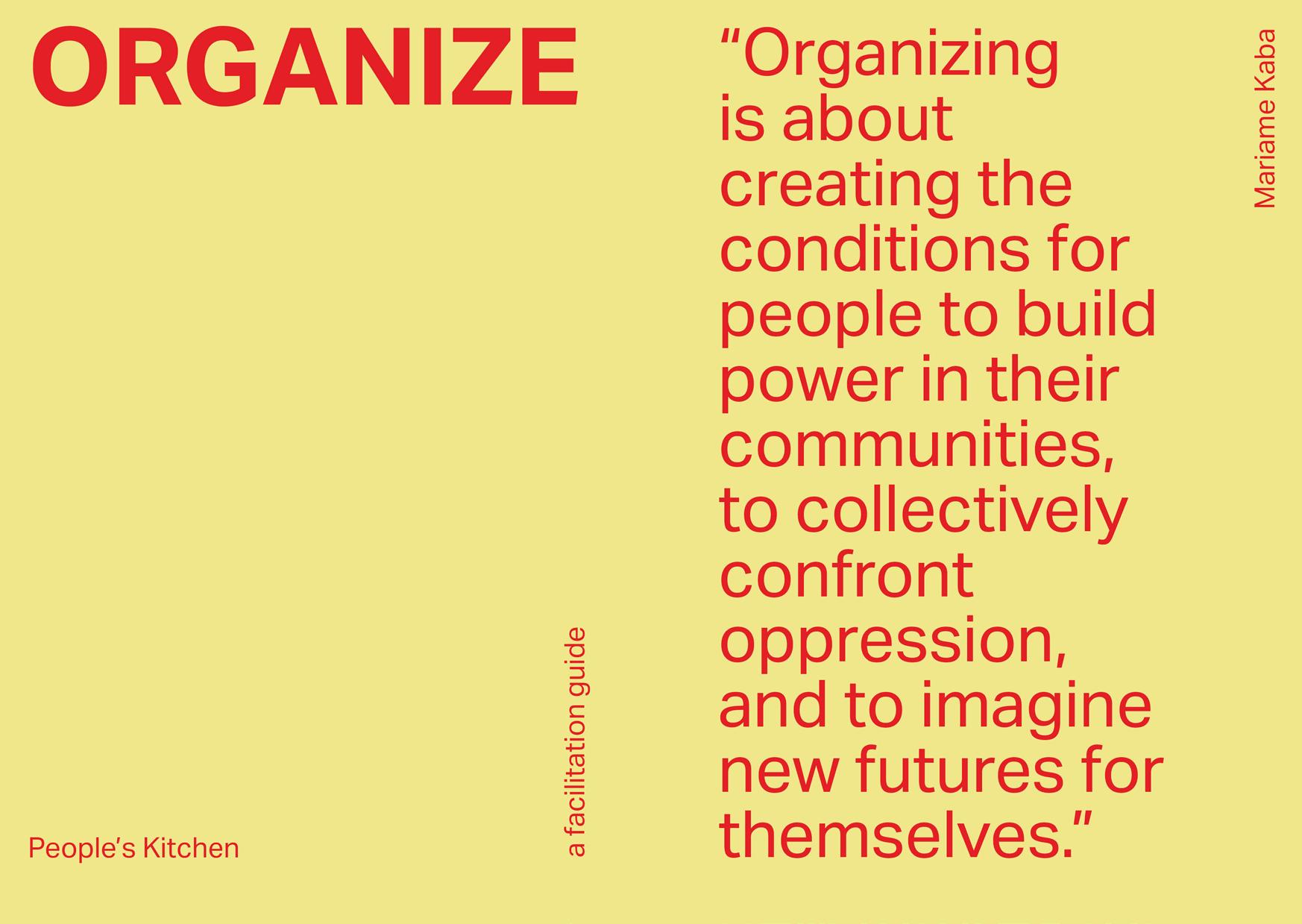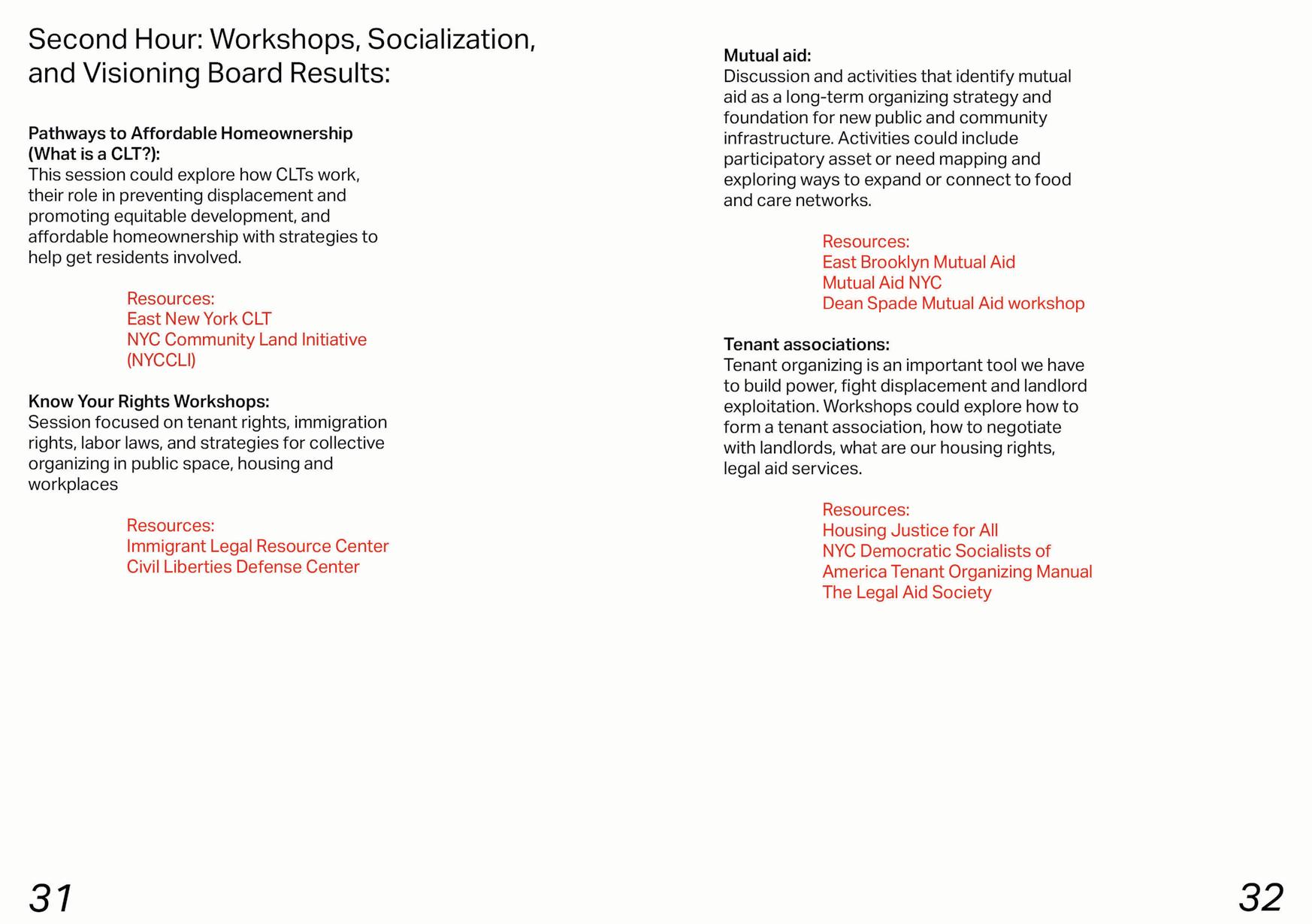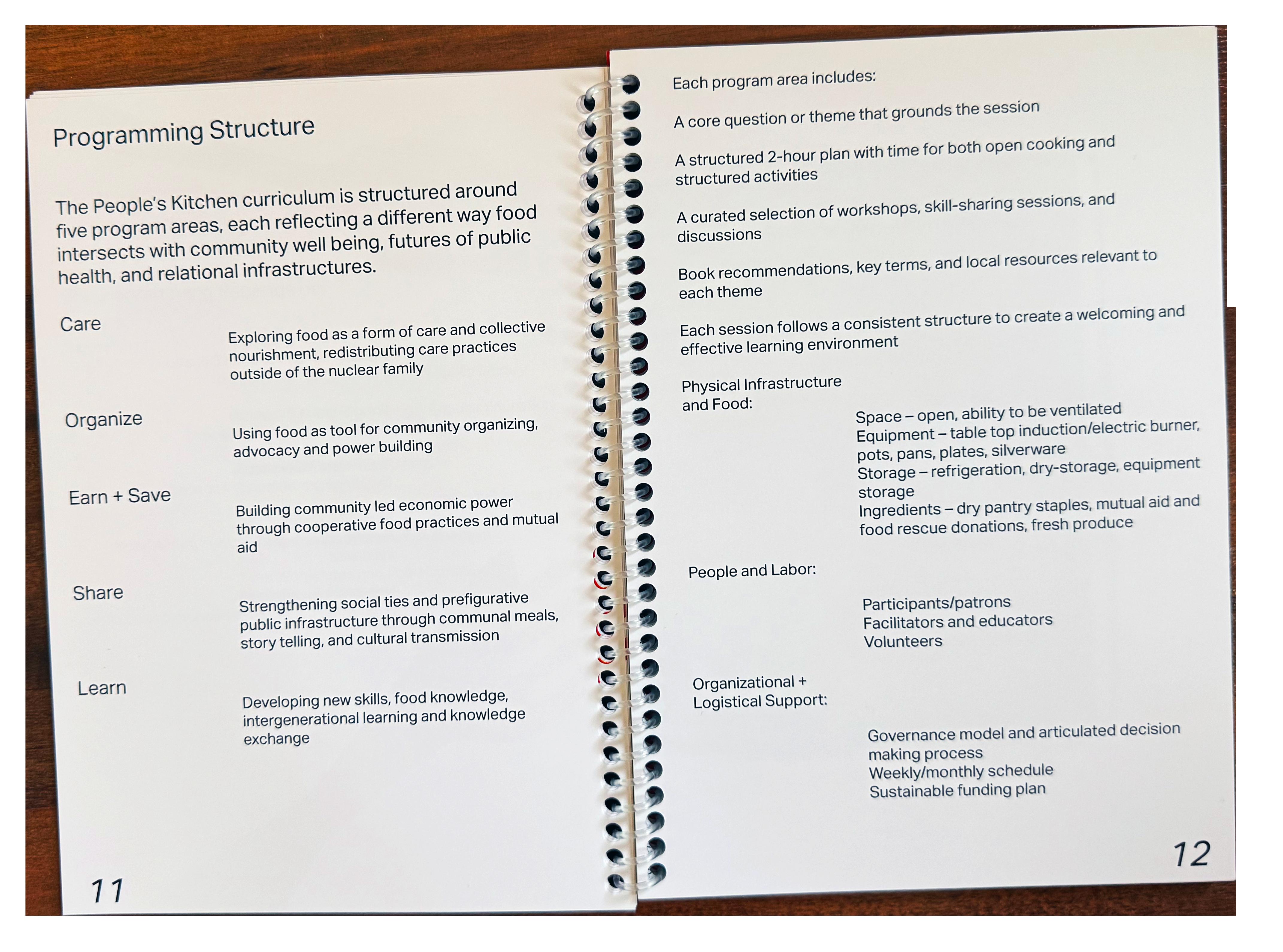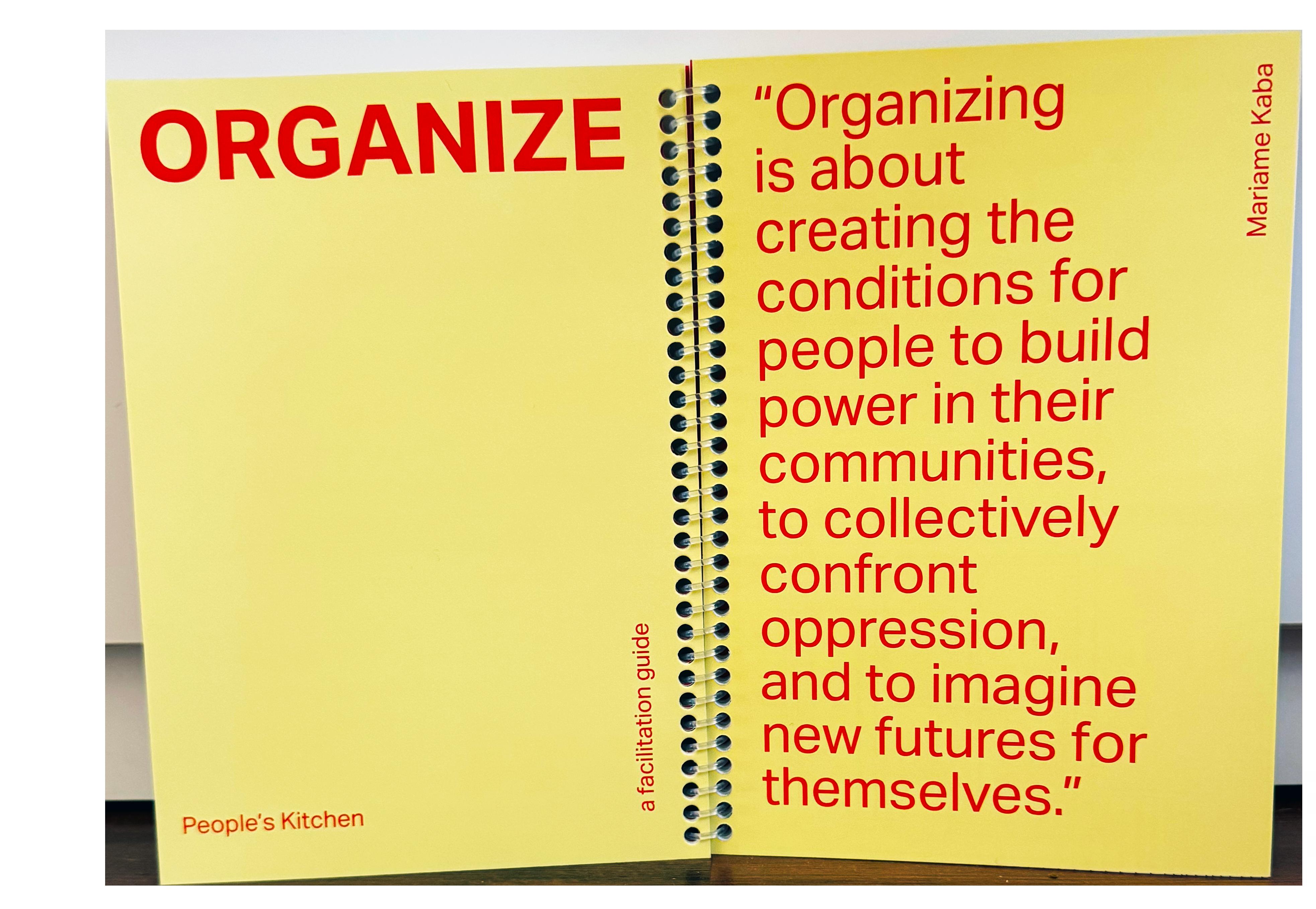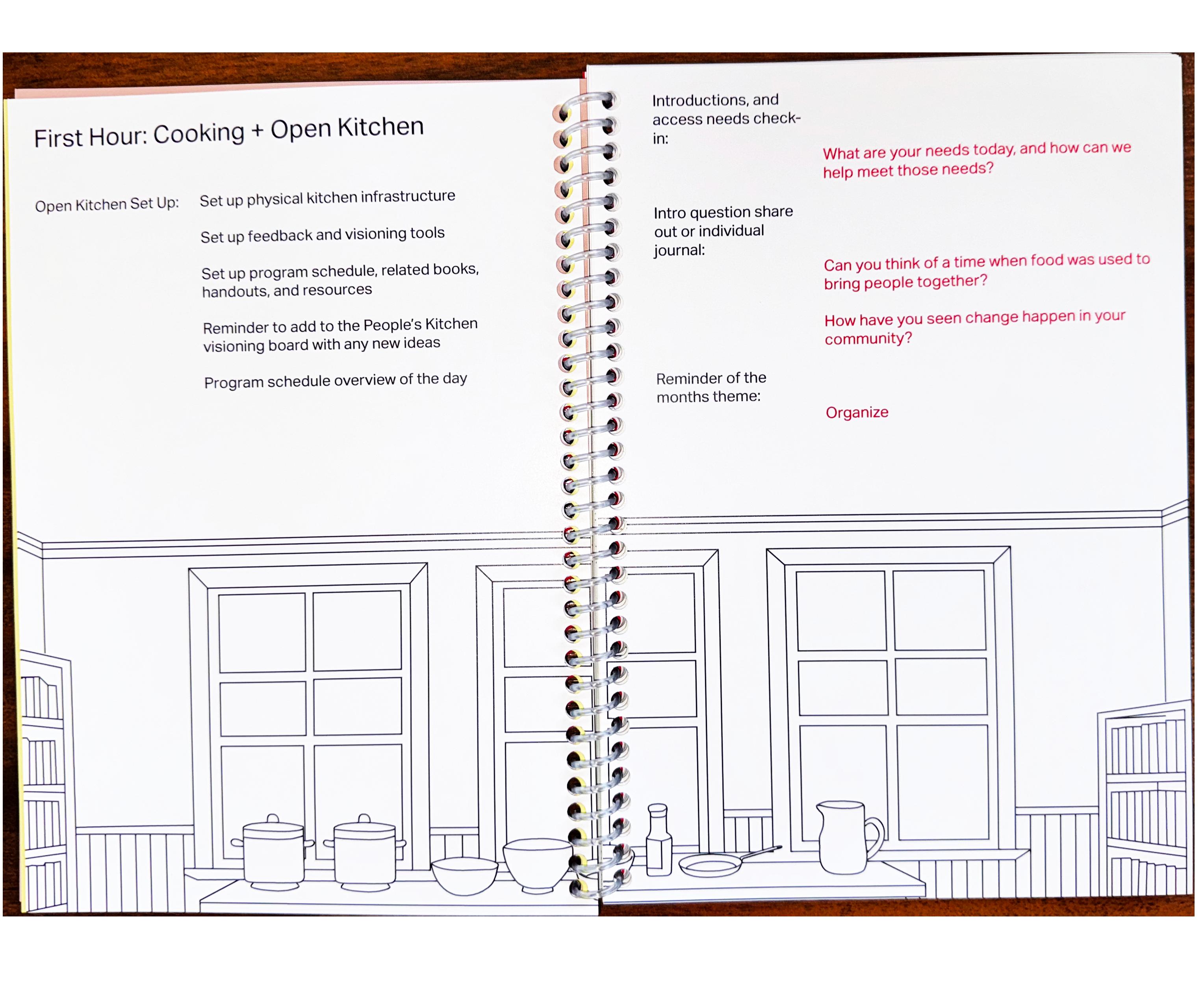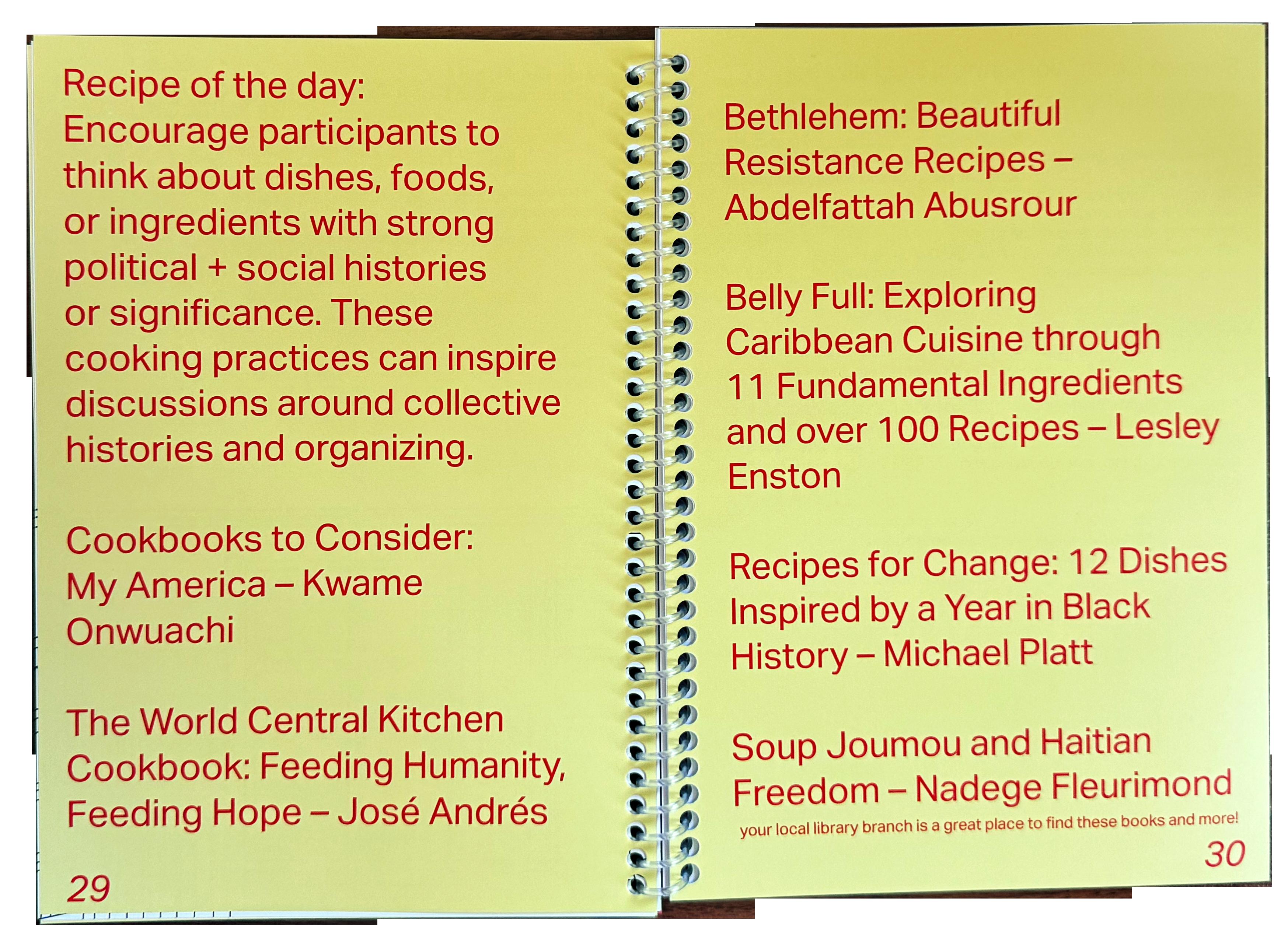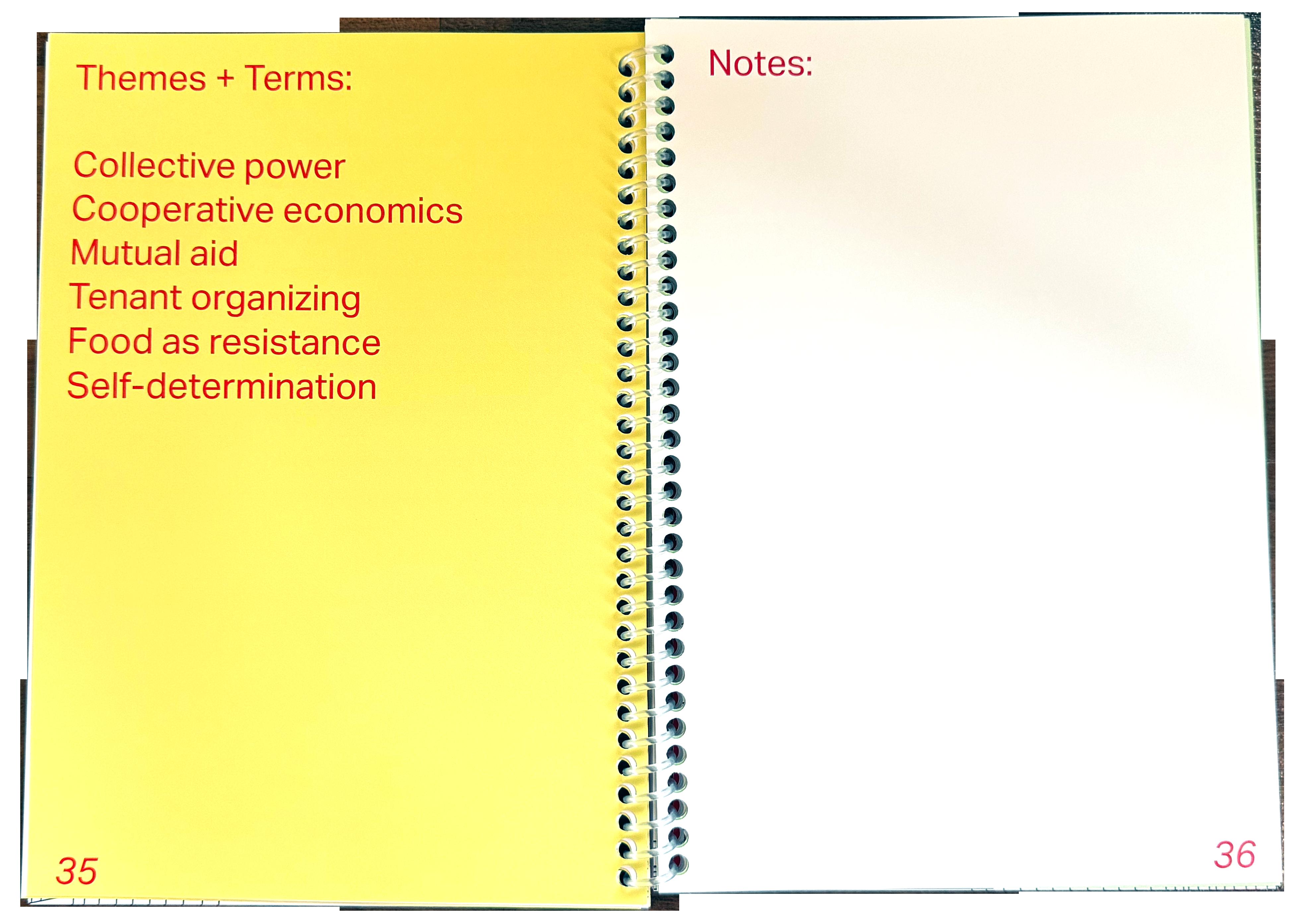PEOPLE’S KITCHEN:
advocating for new public infrastructures though cooperative cooking practices


advocating for new public infrastructures though cooperative cooking practices

food apartheid system
immigration crisis
public health crisis
housing crisis + uneven development
infrastructure’s emphasis on profit

cooking + feeding oneself or family has become an inaccessible and sometimes impossible burden

FRESH NYC, community-based strategies: food distro, food pantries, urban ag, community gardens, etc.


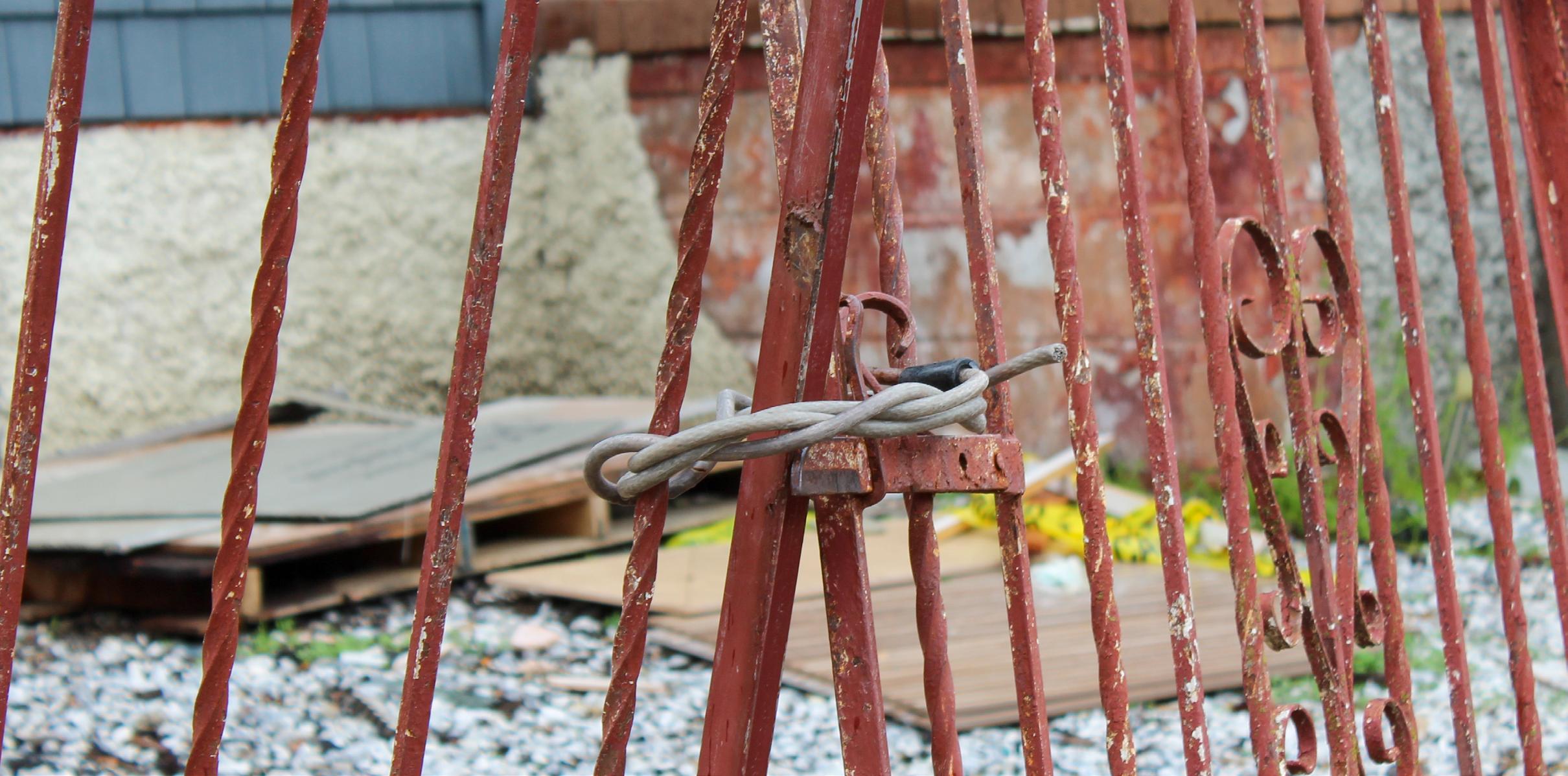
this thesis, at its most distilled core, questions and resists the commodification of our most fundamental resources: food and land.


this thesis works to:
understand how prefigurative spaces and mutual aid can be used as a model for the creation of a public kitchen as a point of entrance to advocate for new public infrastructures because of: imperialist systems and spatialized disinvestment into public space that have made cooking and sharing food an inaccessible burden specifically for low-income communities of color in order to:
- increase access to cooking and sharing food - address the effects the racialized health crisis
- fill gaps in our local food systems and food-based support systems - redistribute care practices outside of the nuclear family - prefigure new ways of being public
- circumvent the over-commodification of our daily lives

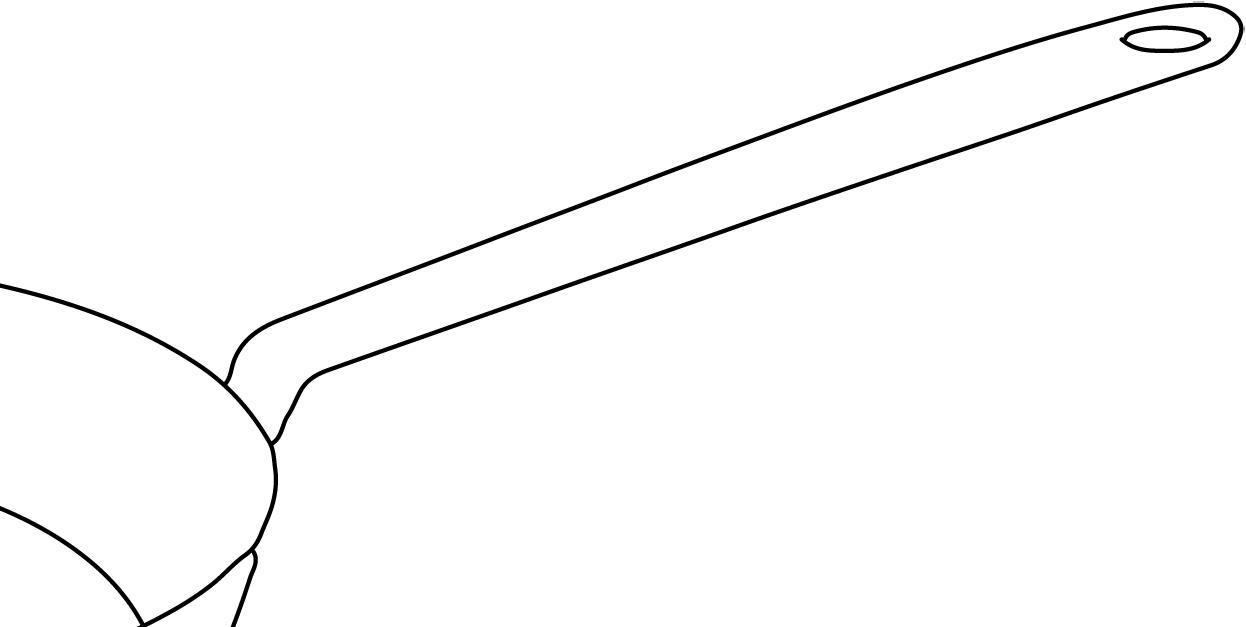

the project will work on 2 scales:
immediately, increase accessibility and autonomy to food and cooking
long term, create space and methodology
if successful... this project will: critique food apartheid and assumptions about infrastructure, build autonomy, agency , and power & create prefigurative space in which different and alternative futures of social and spatial relations can be practiced.
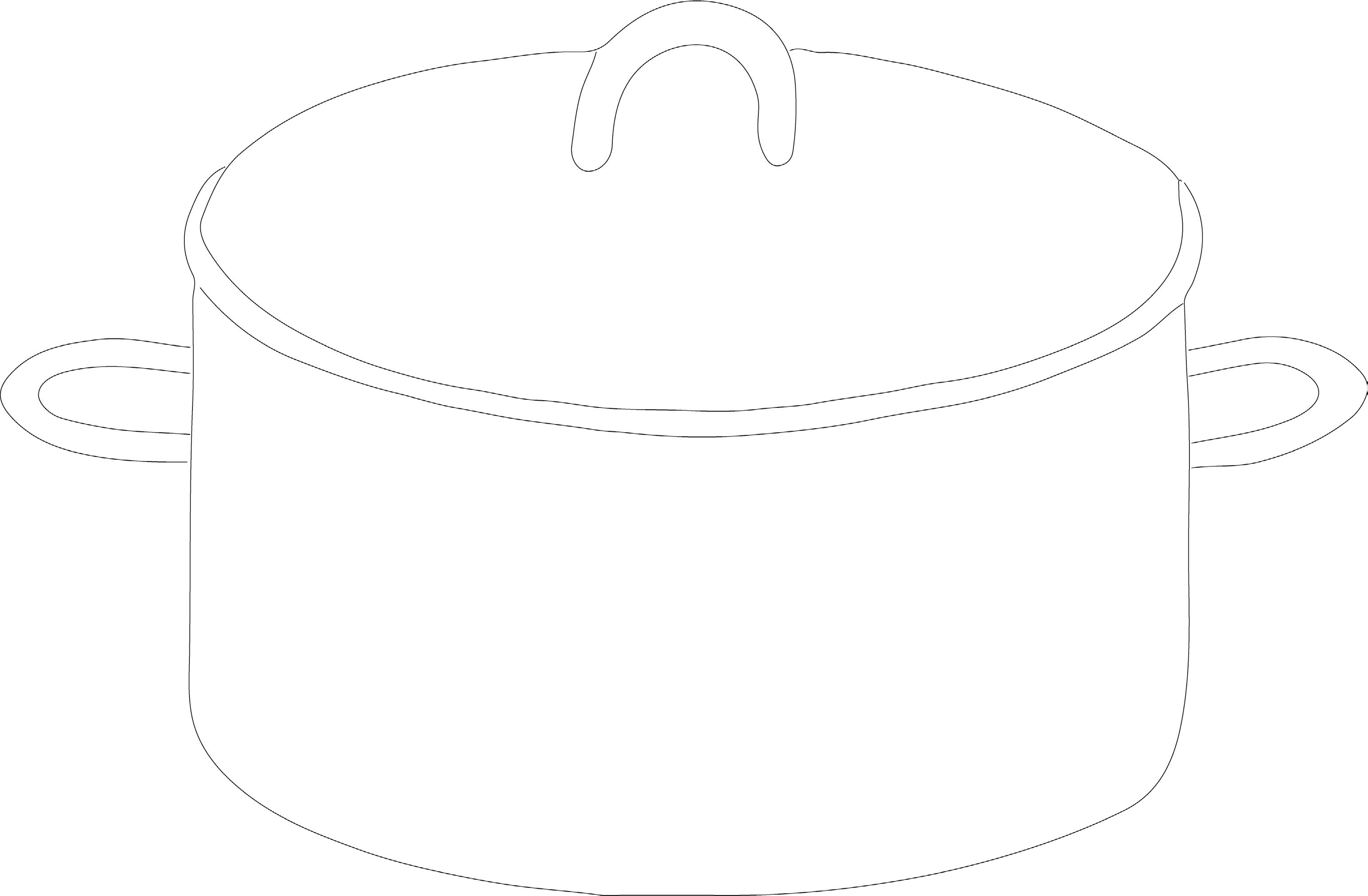
the people’s kitchen
create a series of maps that help dismantle terms such as food-desert and rather show the whole food system to more accurately describe the food apartheid system that we all exist in.
food security and access index map
overlaying demographic and other indicators
qualitative map of geographies of self-reliance

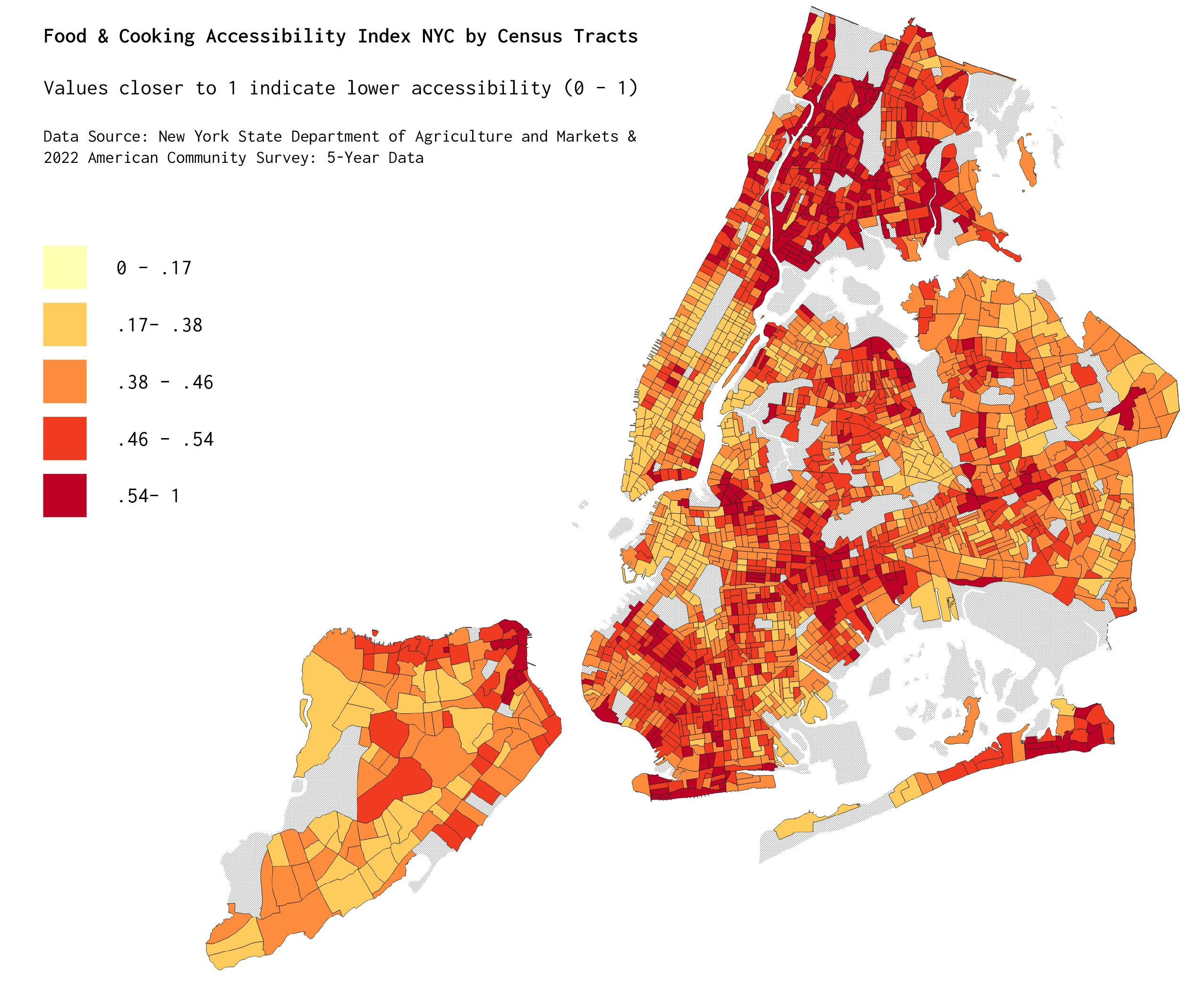


use case studies to help understand the working principles that bring the project’s values into reality and thus the public kitchen and subsequently new public infrastructures.
Design Studio for Social Intervention Public Kitchen Project (Dorchester, MA)
Afrikaanderwijk Cooperative Kitchen, Jeanne van Heeswijk (Rotterdam, Netherlands)
People’s Kitchen Collective (Oakland, CA)
East New York Youth Farms (Brooklyn, New York)





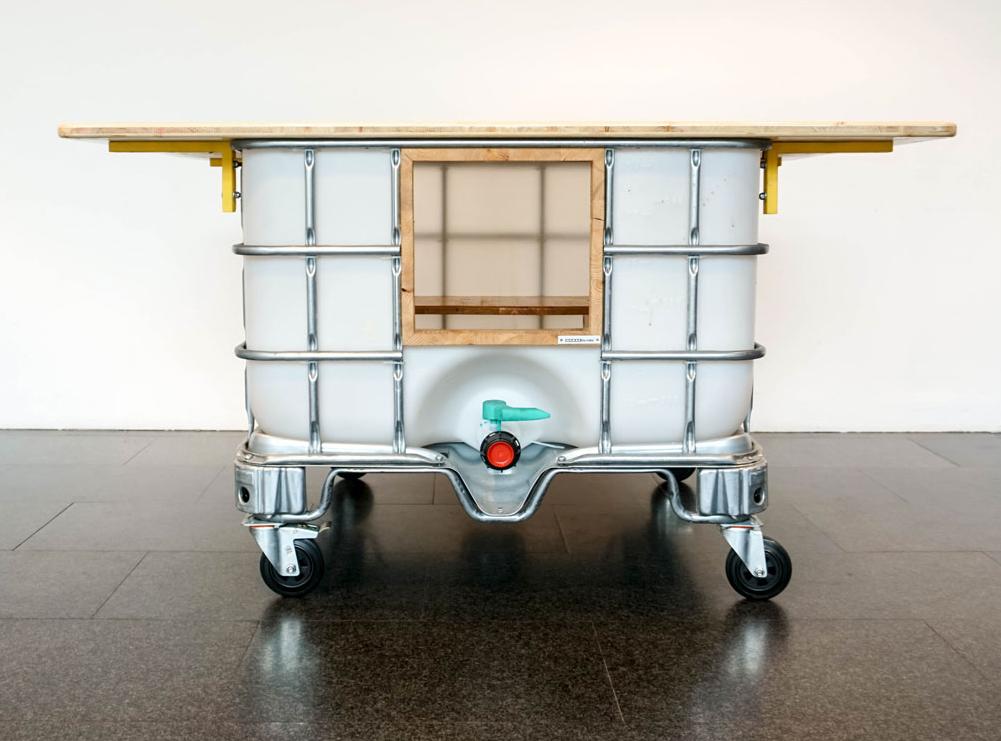
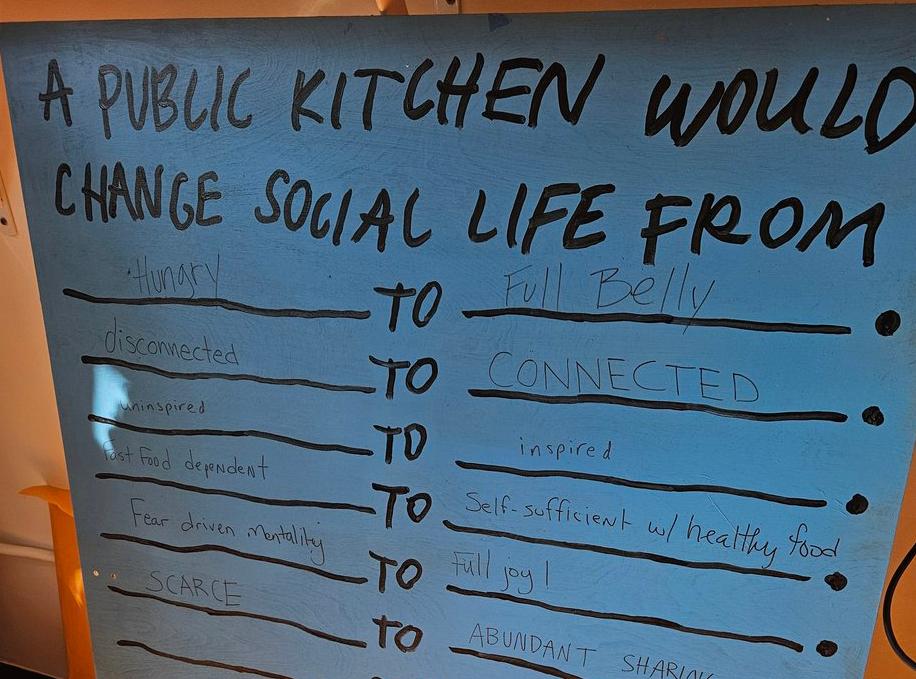



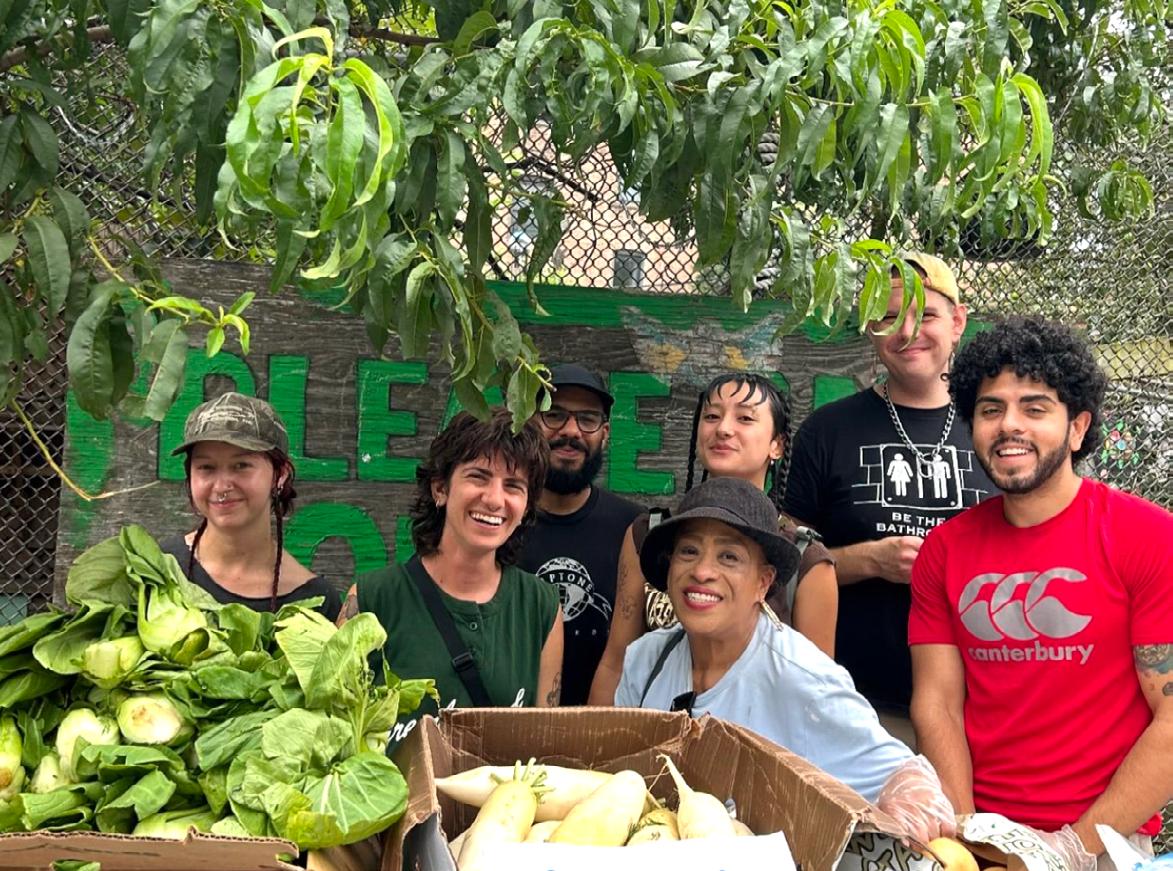
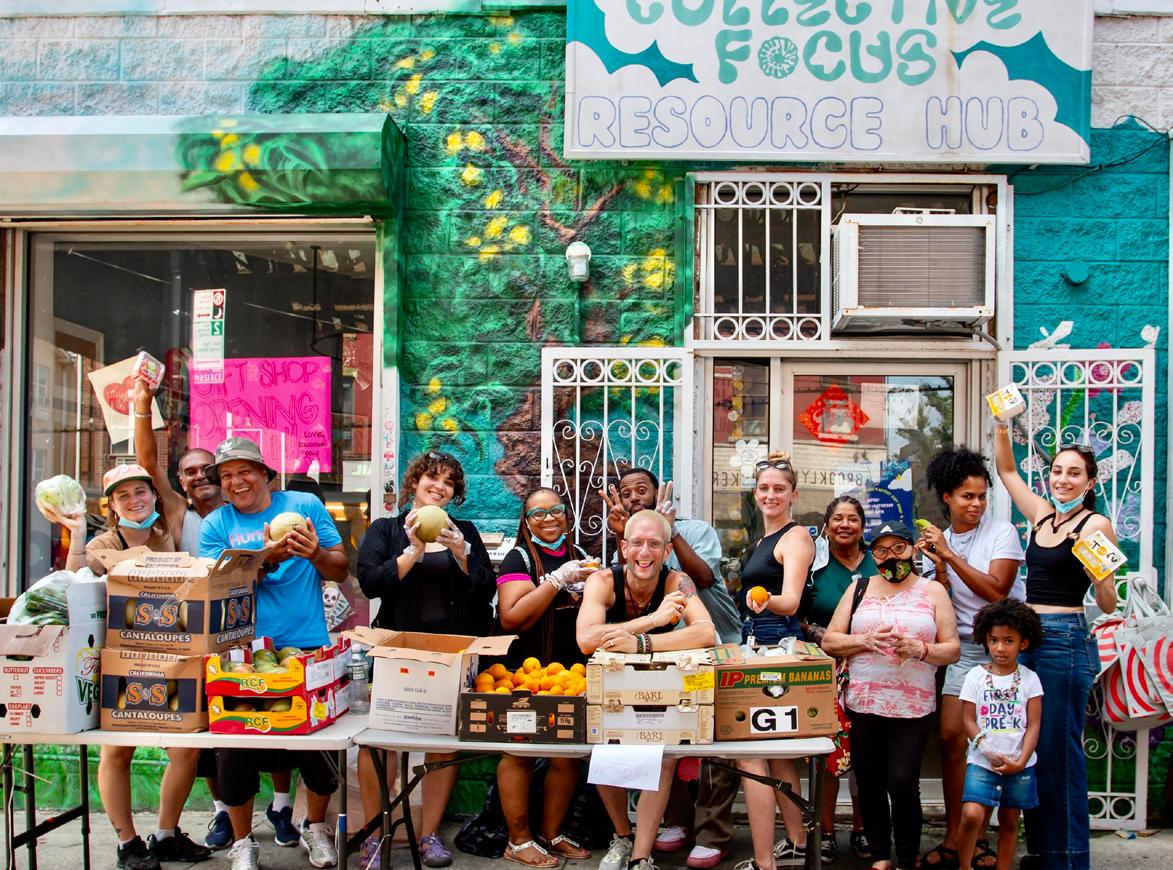
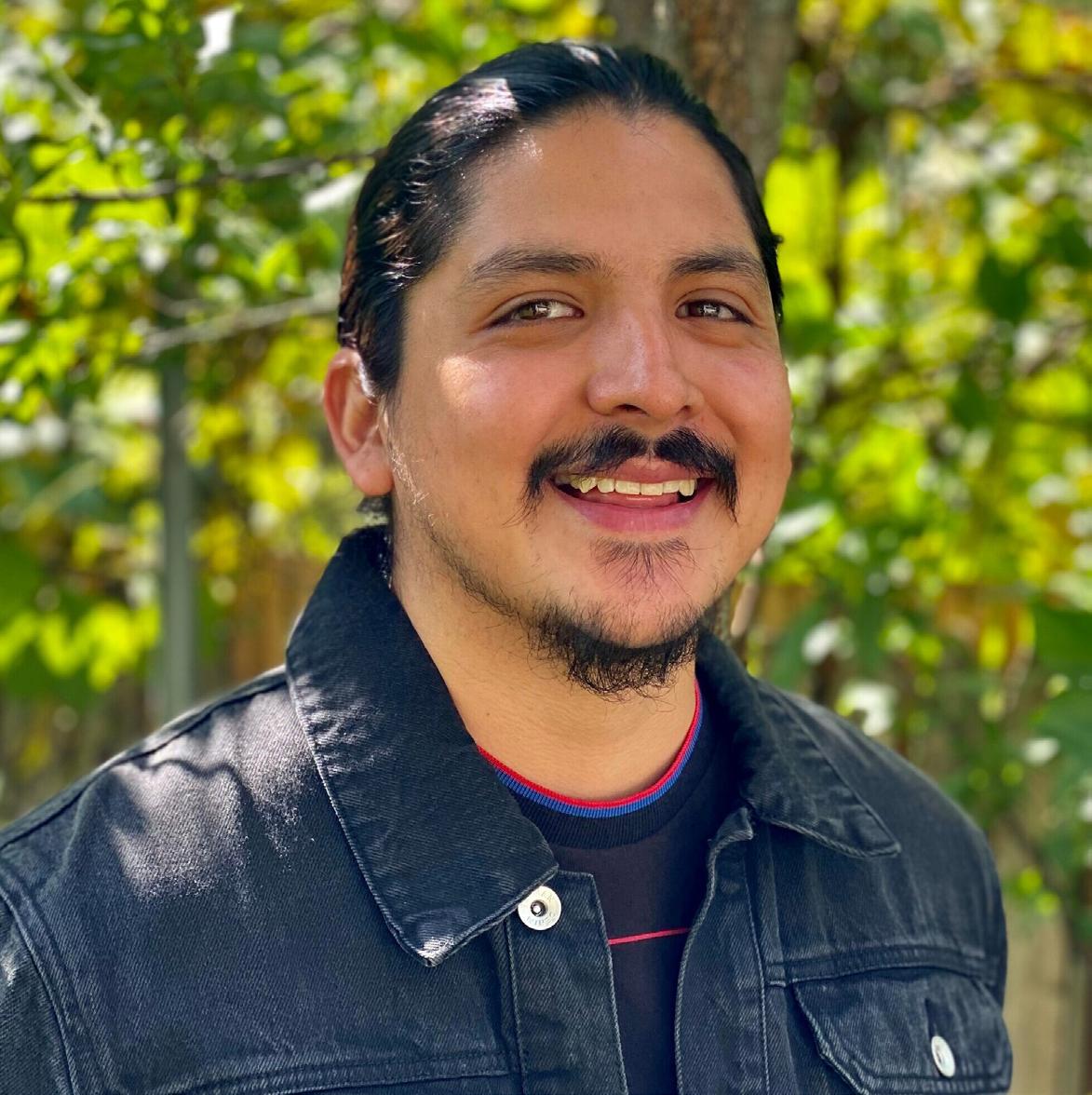
Mark Araujo
DS4SI - Public Kitchen Lead
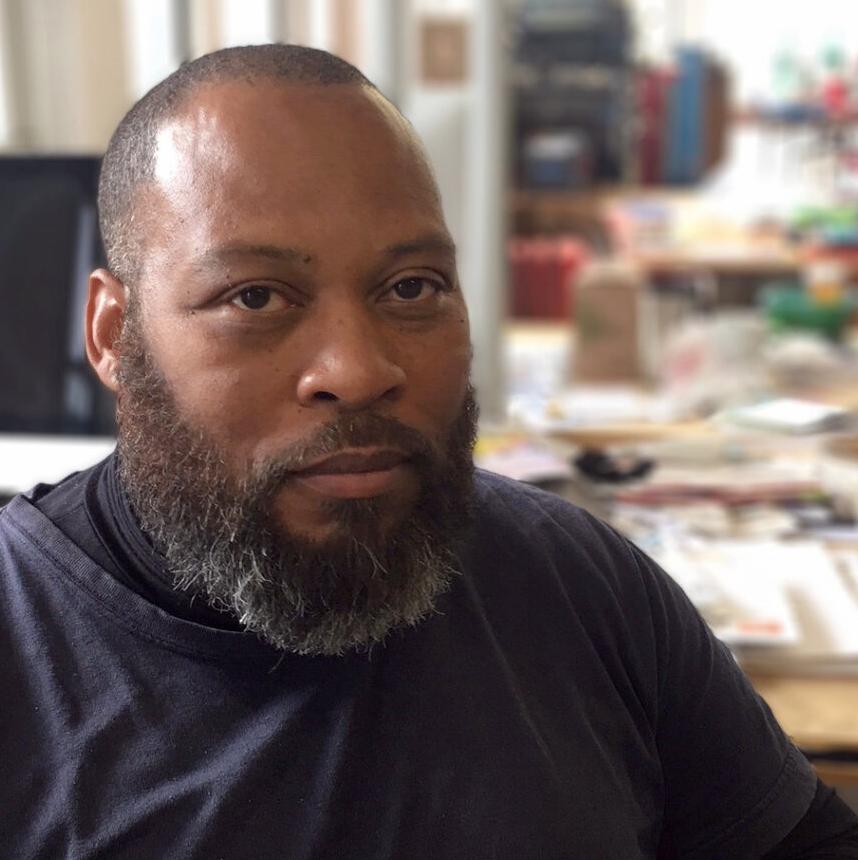
Kenneth Bailey
DS4SI - Co-founder & Director
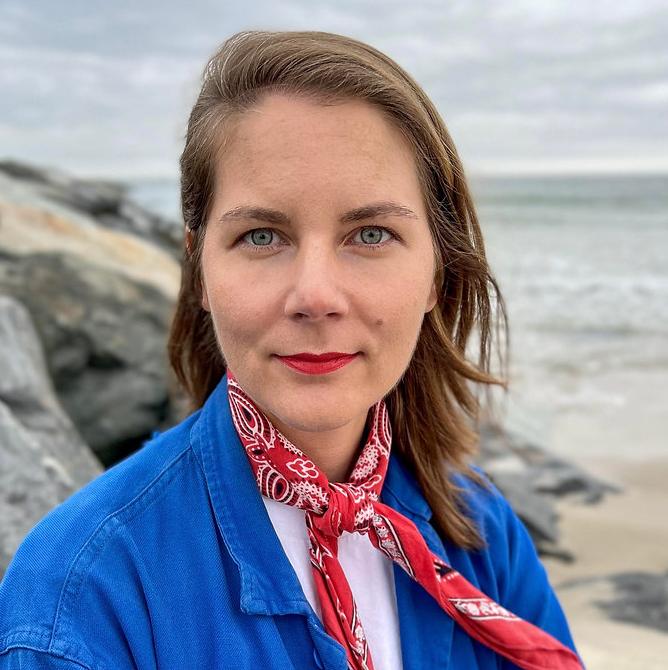
Vanessa Seis
Edgemere Farm - Co-founder
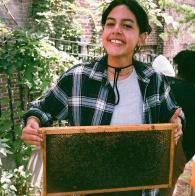
Sarah (Sol) Bacio East New York Youth Farms –Assistant Project Director
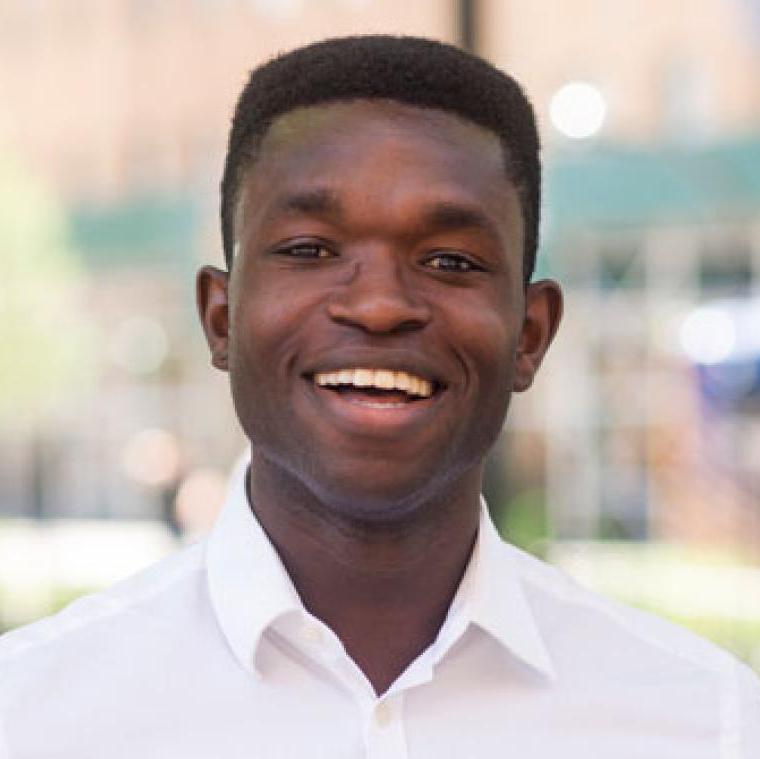
Douglas McPherson
ReAL Edgemere CLT - Interim manager

Dani DiMarino
NYC Street Lab - Development lead

Jeanne DuPont
RISE Rockaway - Founder
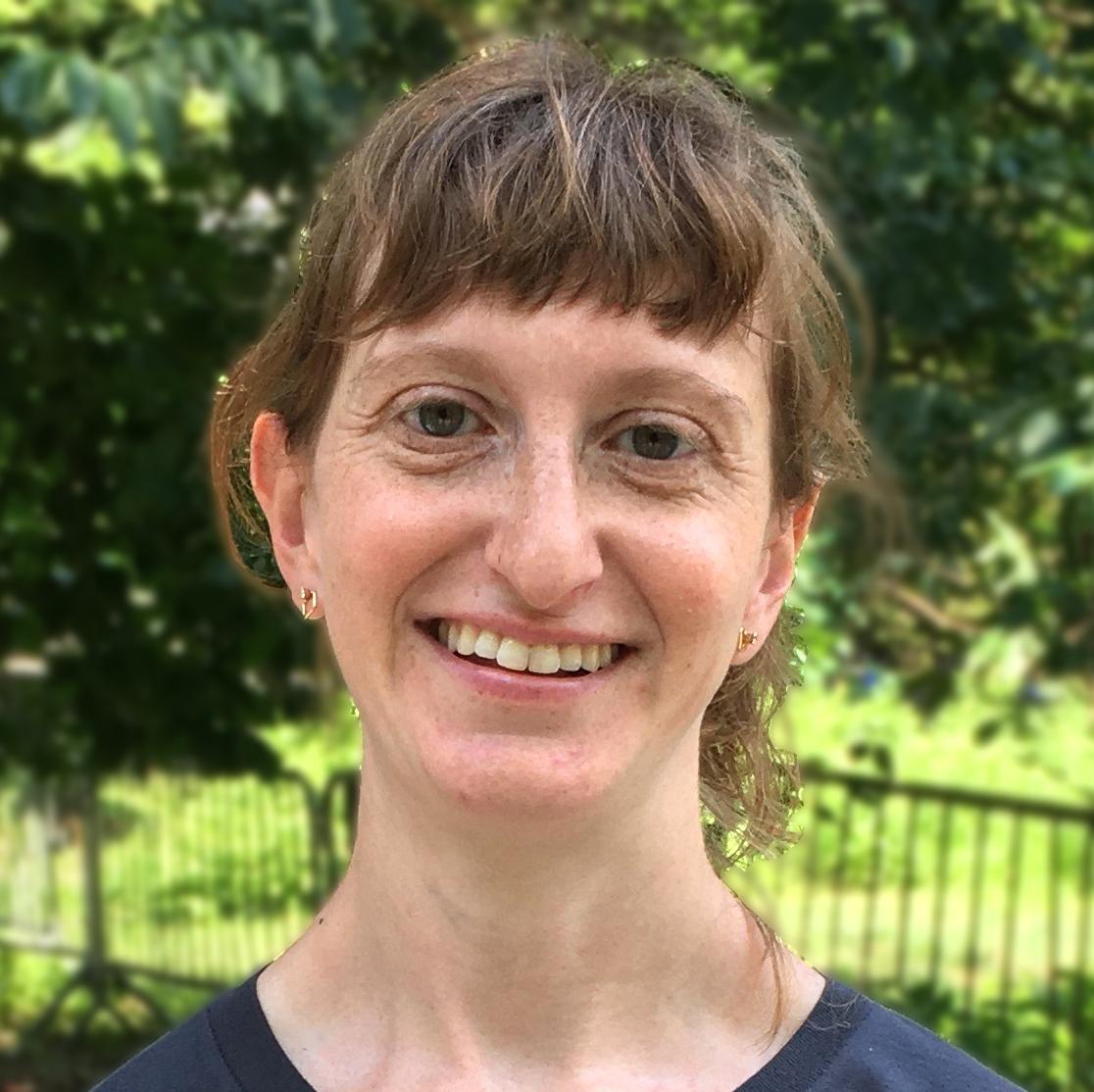
Elise Goldin New Economy Project – CLT Campaign Organizer

Kelvin Taitt East Brooklyn Mutual Aid - Cofounder & Executive Director
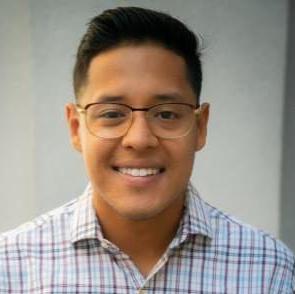
Boris Santos East New York CLT – Board President + Community Member
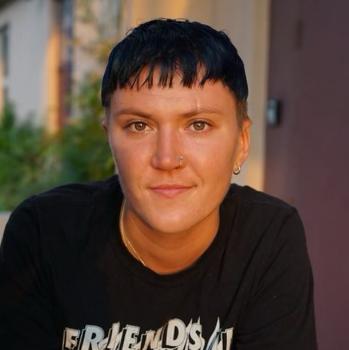
Rookie Kresl
Arlington Public Library - Young Adult Librarian

Hannah Anousheh East New York CLT – Campaigns Director
res earch practice
who:
Programming will cater specifically to the library’s patrons and residents of the neighborhood of which a significant portion include: asylum seekers, houseless individuals and families, as well as housed residents who rely on the library as an essential infrastructure for things like child care, internet access, job searching, and community connections.
kitchen will be held in the library’s program room an will be volunteer run and food will be sourced from food banks, city harvest, food rescue, and purchased from new york BIPOC owned farms. Kitchen tools and small appliances will be purchased using grant funding.

east NY community land trust
the people’s kitchen
east brooklyn mutual aid
brooklyn public library arlington branch
citizens nyc community leaders grant
In principle, the People’s Kitchen will provide:
free produce and pantry staples
access to cooking appliances and tools space for communal cooking and eating education and knowledge sharing opportunities
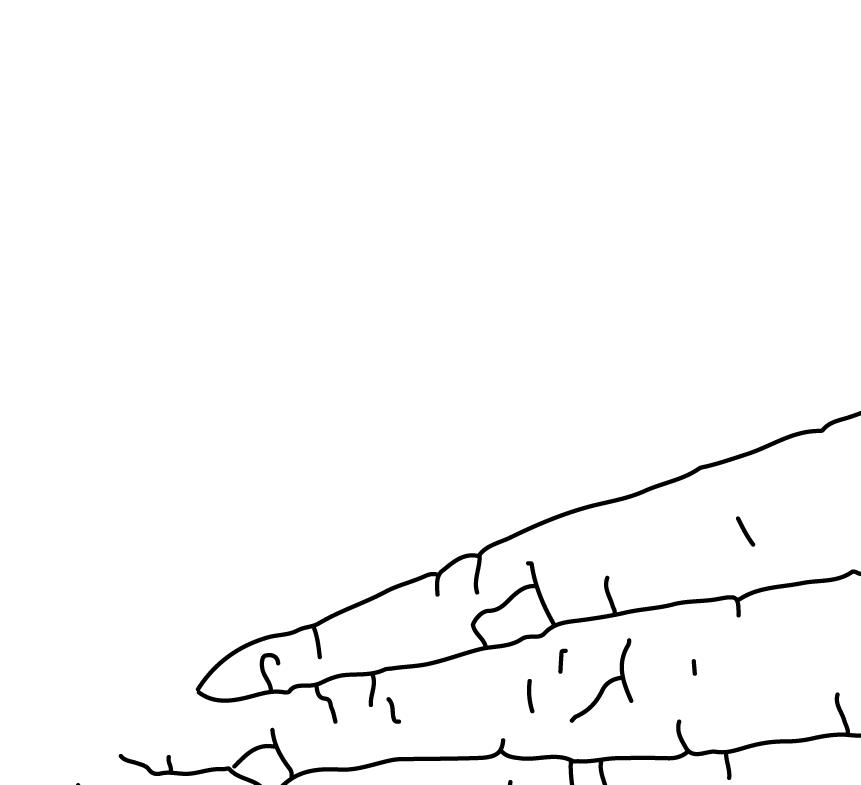
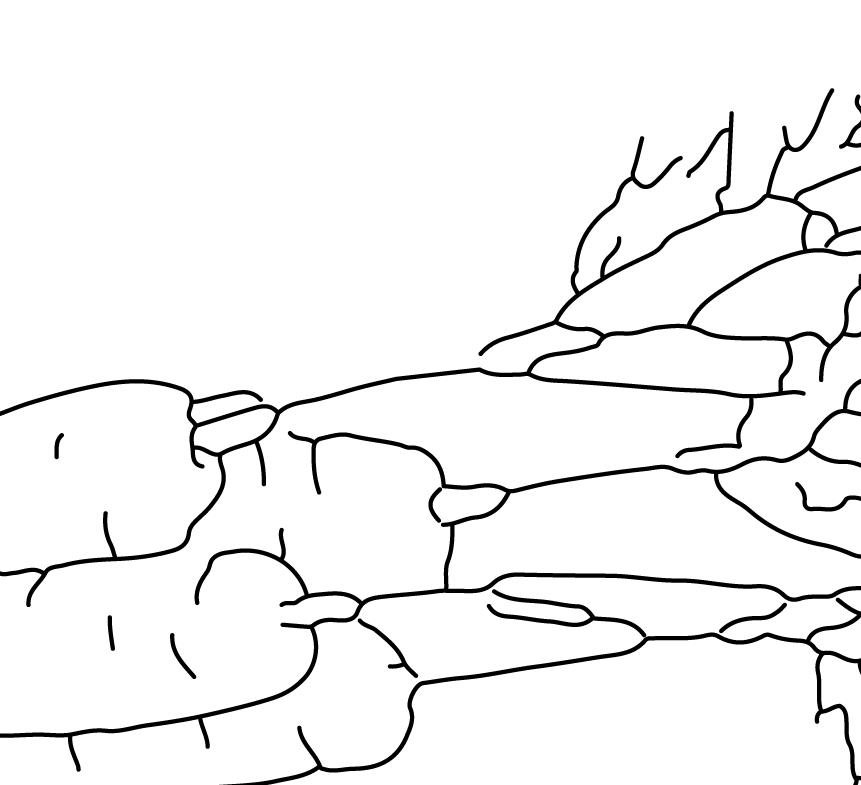

+ and also continually iterate and evolve responding to community need and desire
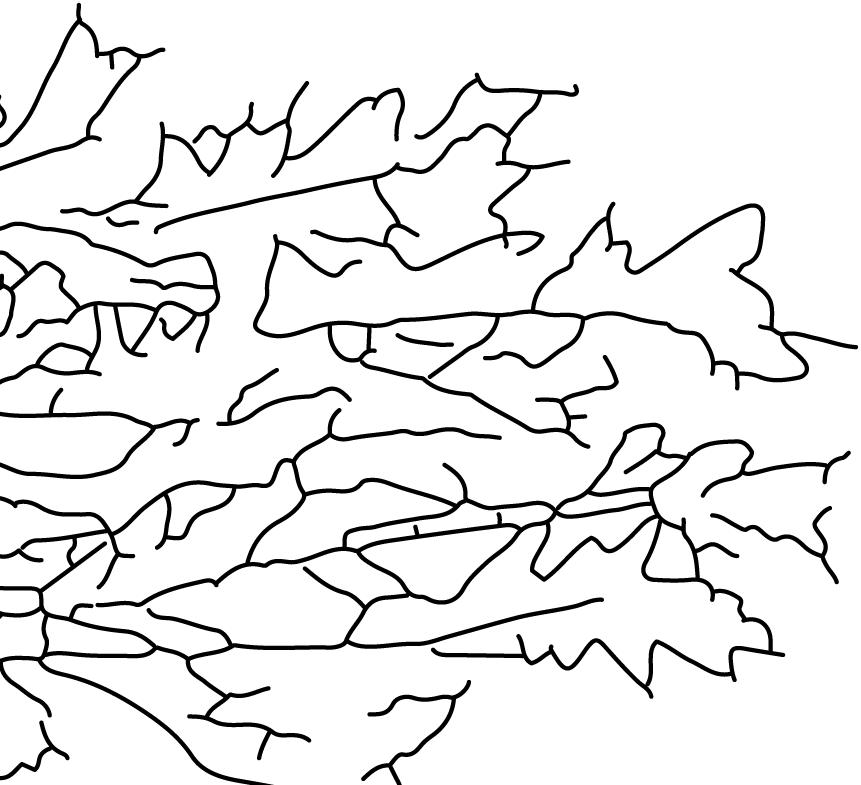

immediate increase accessibility to food and cooking
increase community engagement with library as a prefigurative space and resource
mobilize residents around spatialized injustices and communal futures
redistribute care practices
encourage cultural transmission
build agency and autonomy
new social and spatial relations
long-term model for East Brooklyn Mutual Aid’s Community Kitchen as a part of their Community Food Hub - Black Radish
build, pool, and archive community knowledge
inform new ways appropriating public infrastructure
critique our food apartheid system
challenge assumptions about infrastructure
increase capacity
res earch practice insights people’s kitchen working principles
the final phases of this project completed as a part of this program includes:
community engagement through public faculty curriculum development and programming plan
use public faculty, surveys, and People’s Kitchen visioning board to understand specific community needs, desires and strengths in relation to this project and subequently new programs and public infrastructures
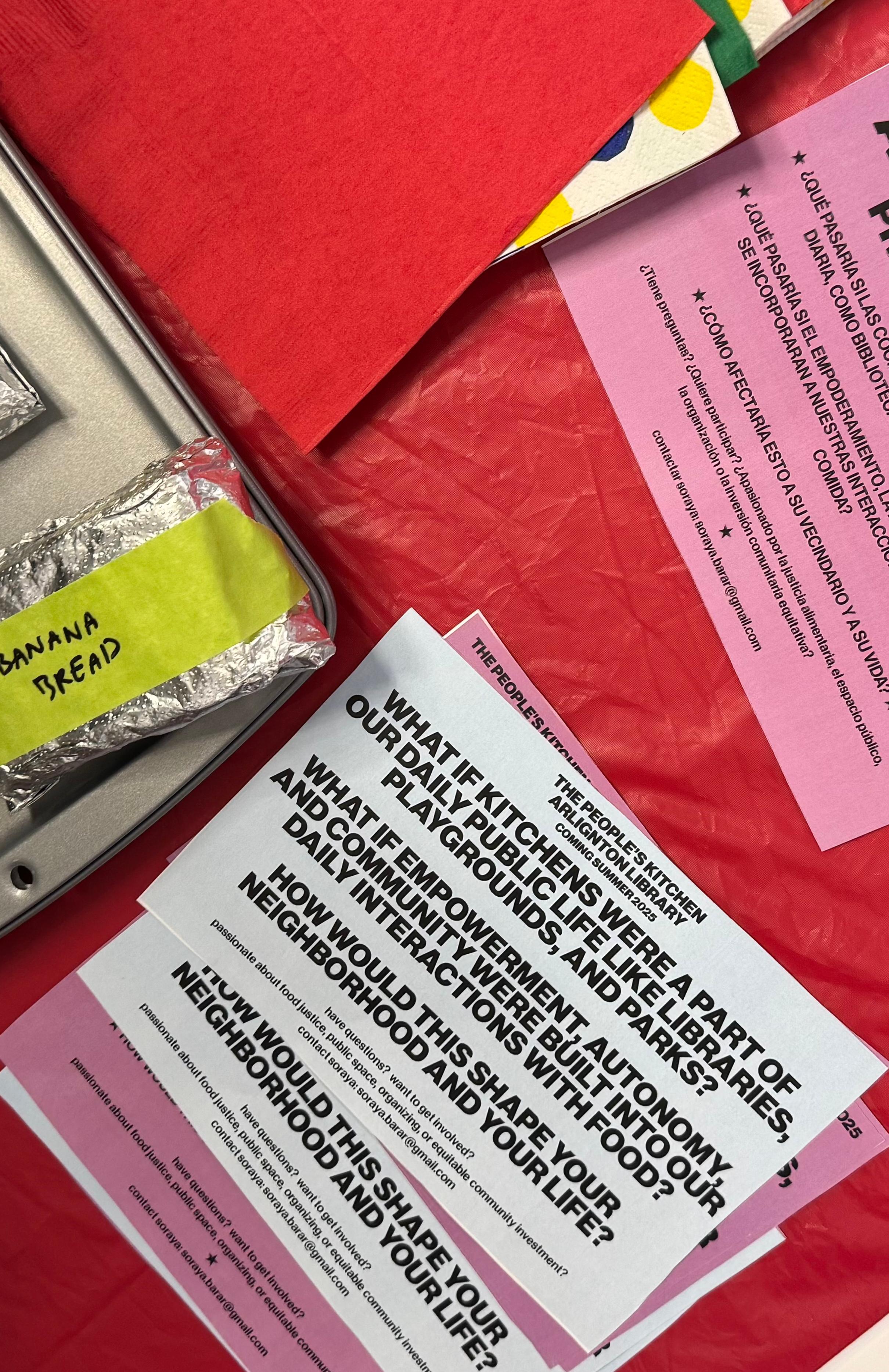
answers questions:
where do residents go for resources or help?
where do residents get their food?
where do residents gather and organize?
where do residents experience joy? survey 1 survey 2


set of 36 magnets, in 5 categories: organize earn + save learn share care
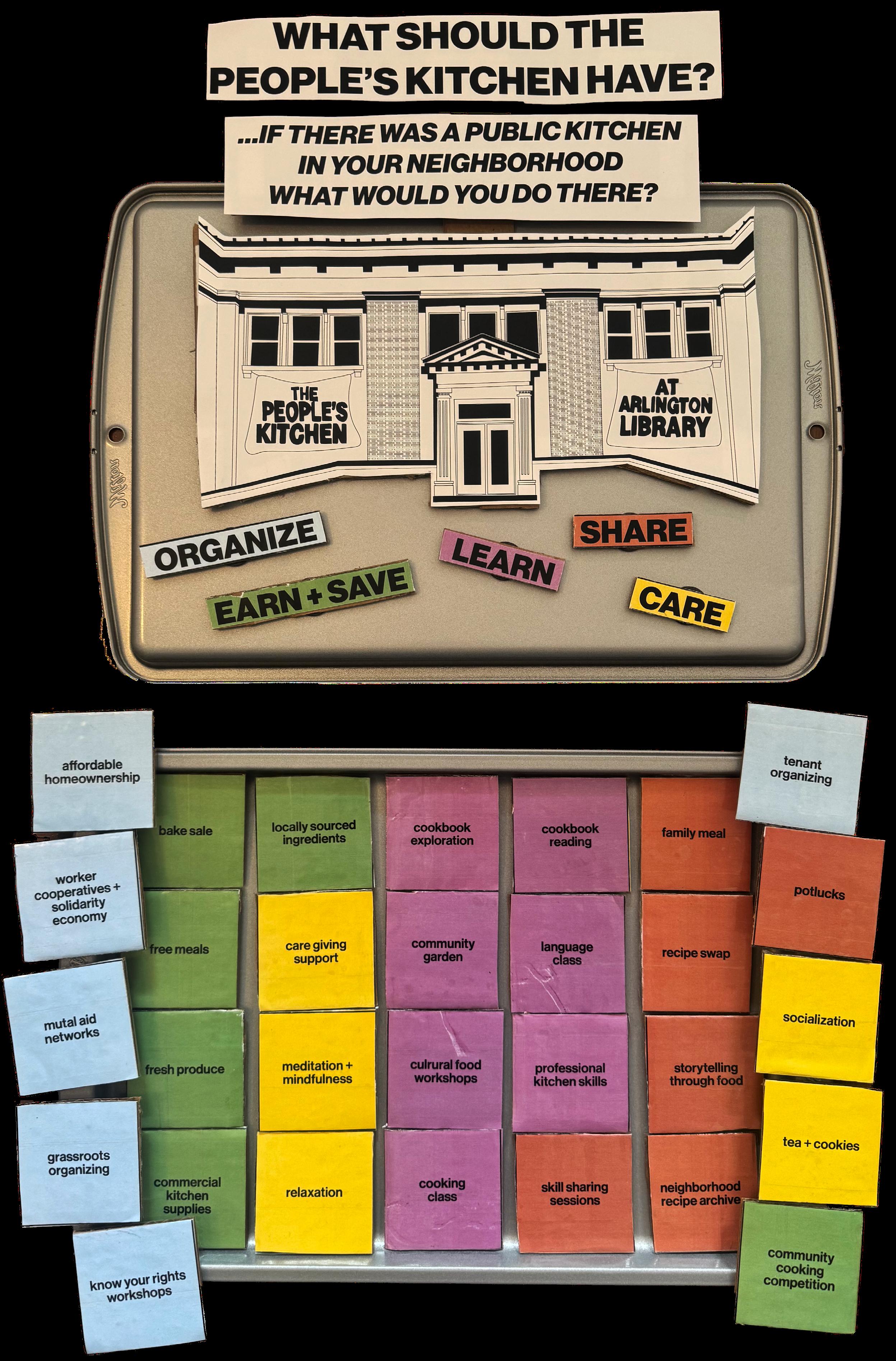

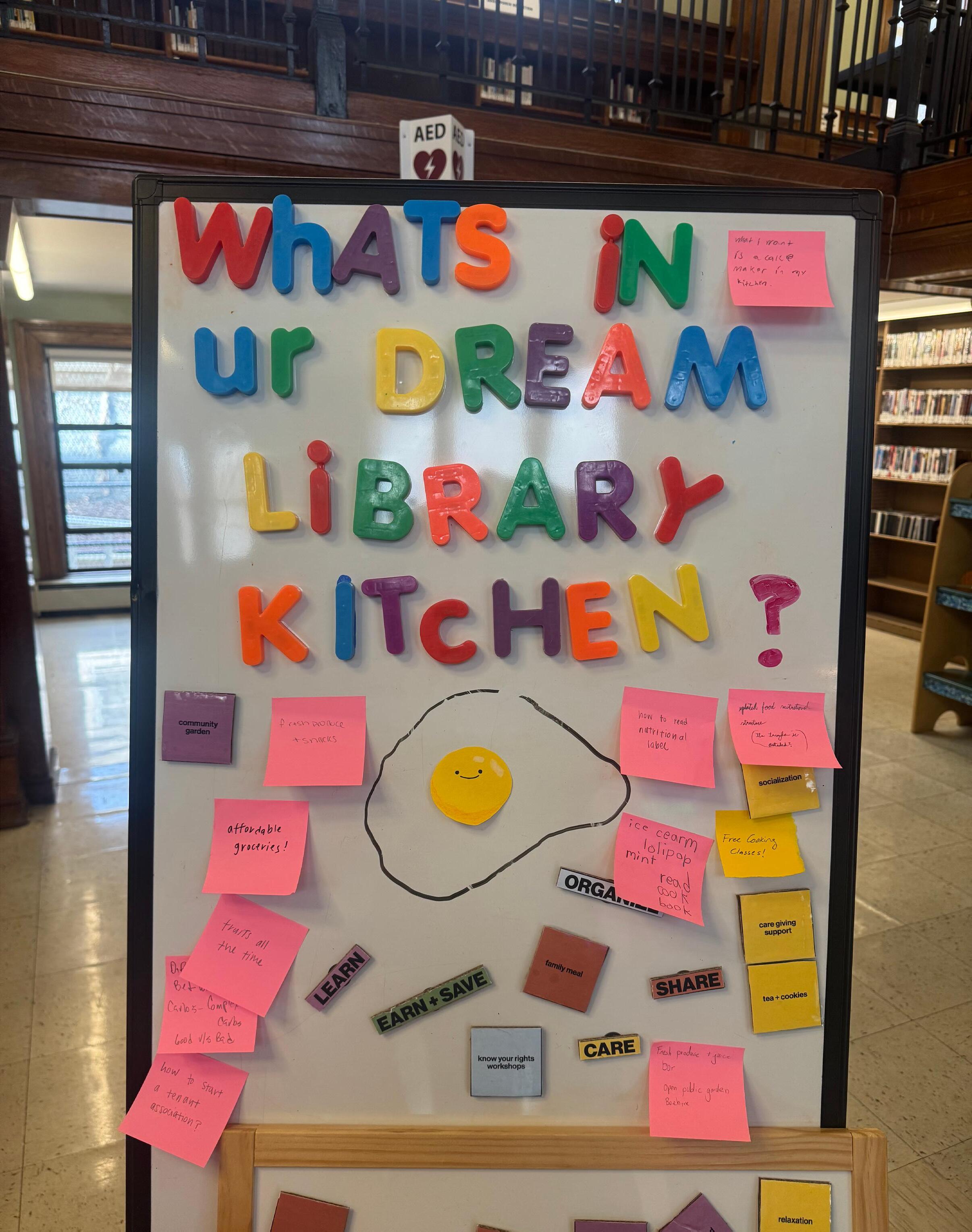
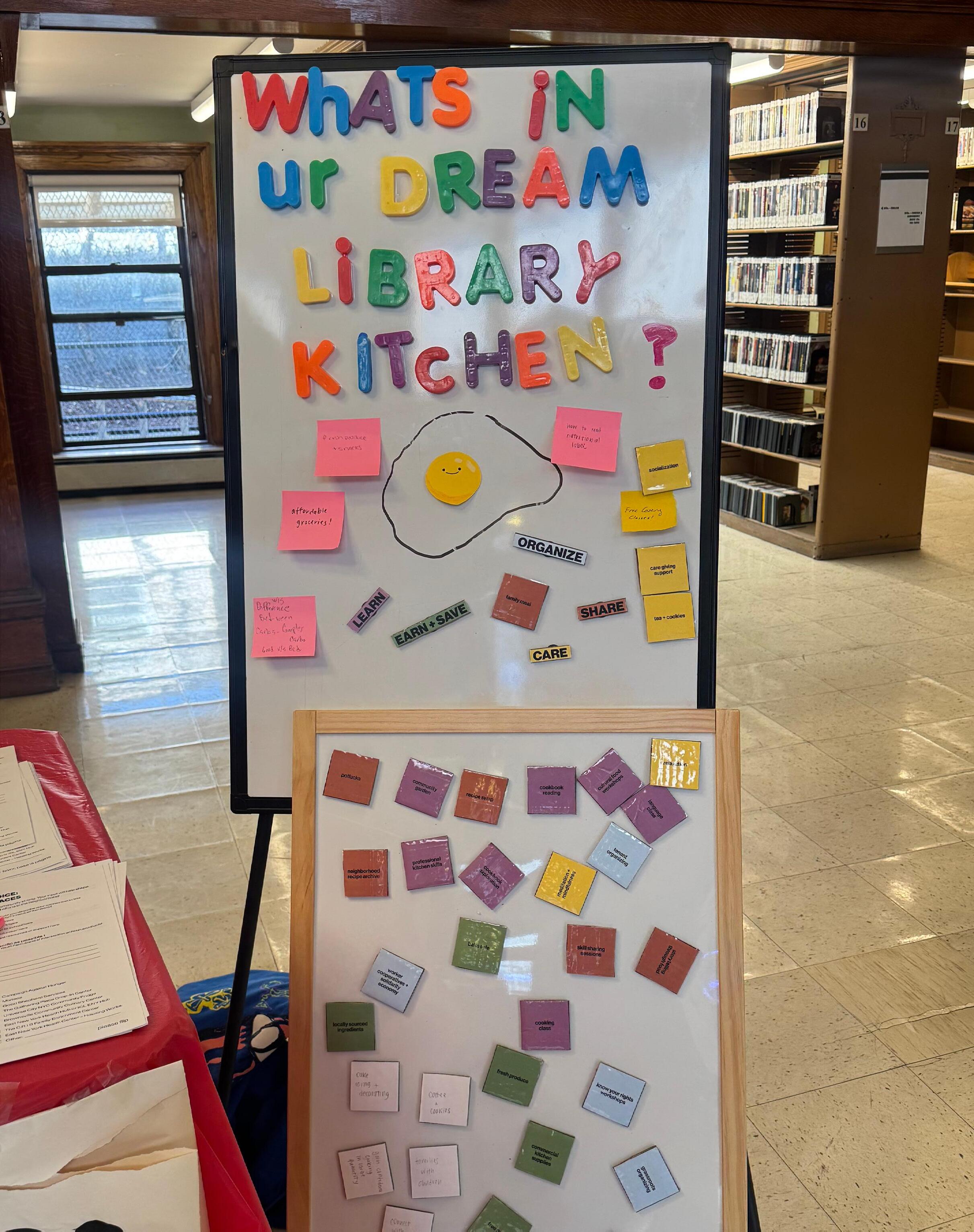

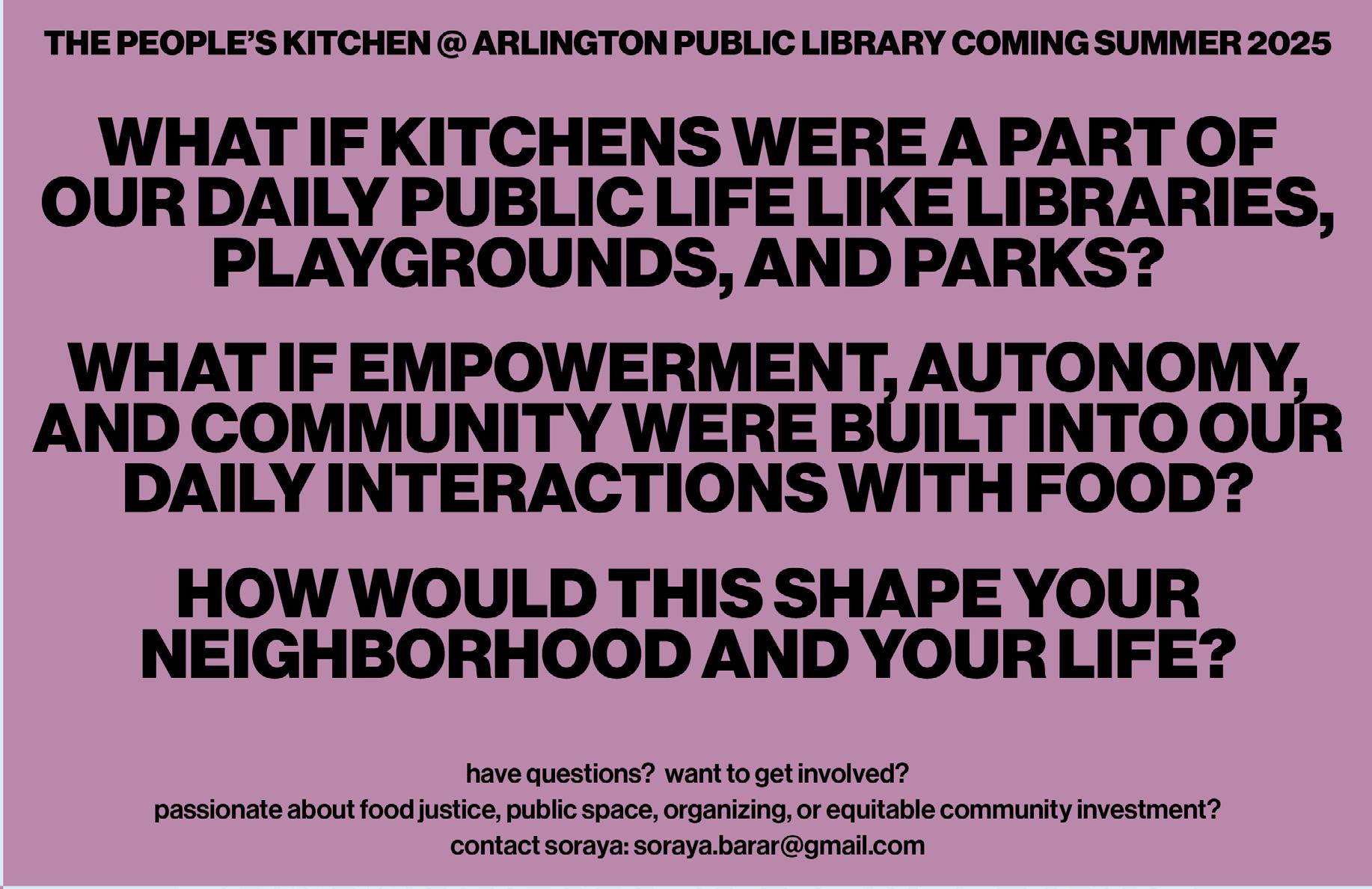
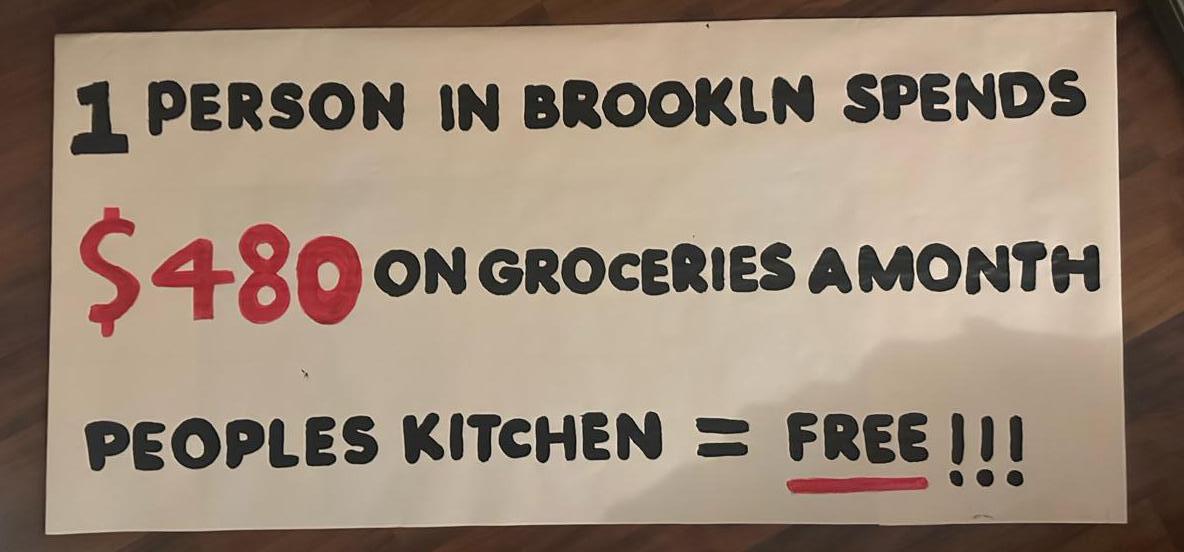
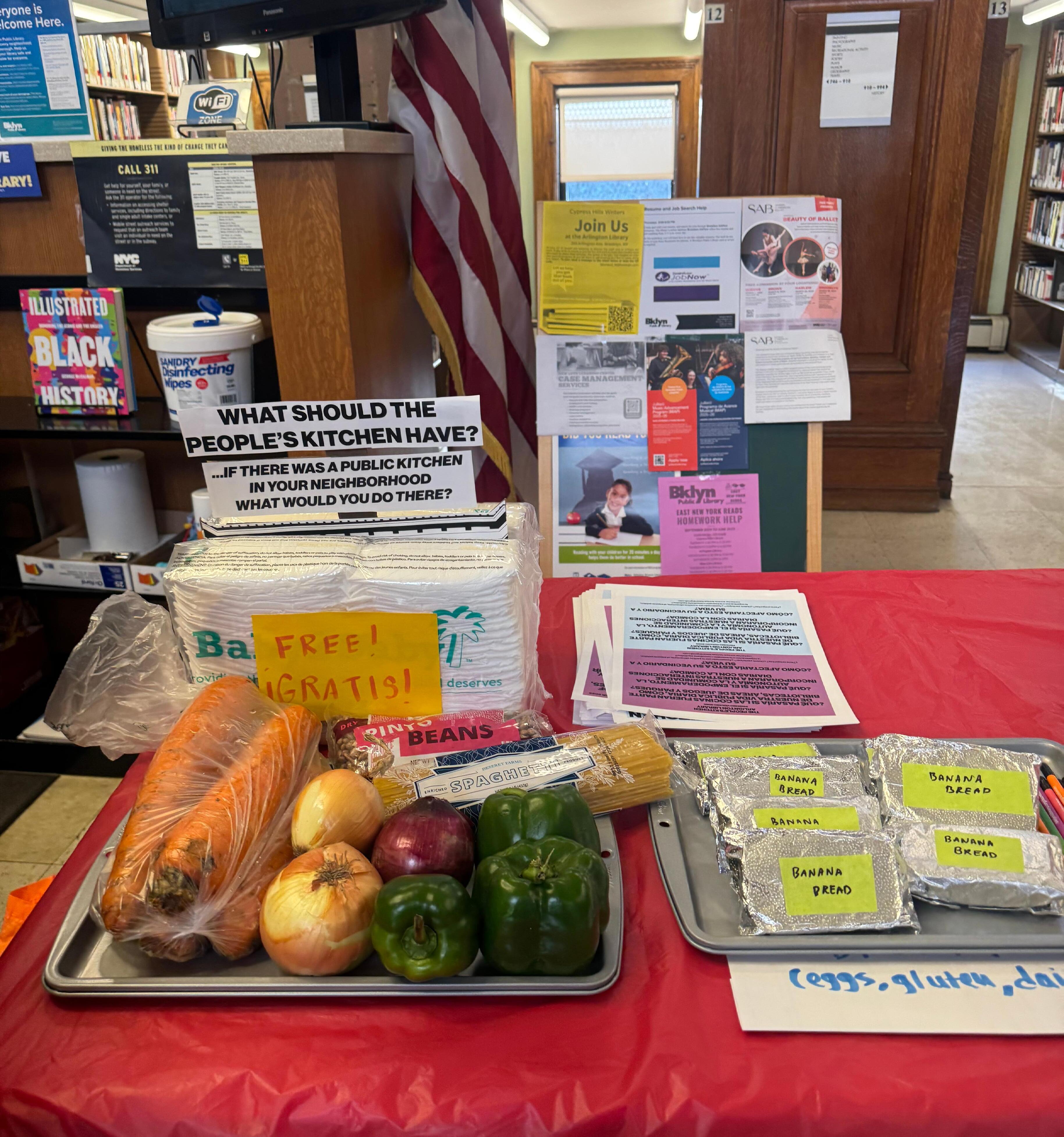
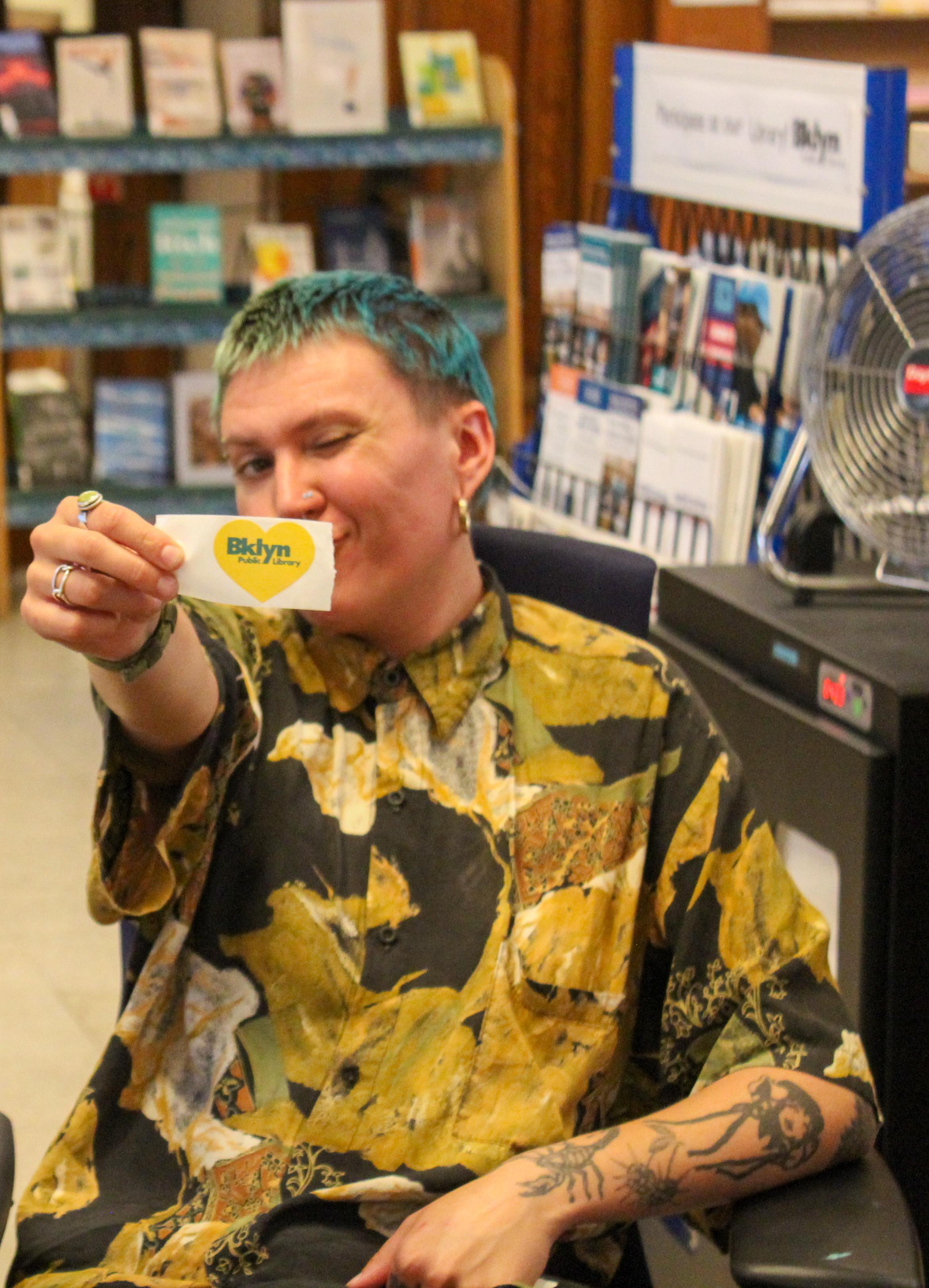
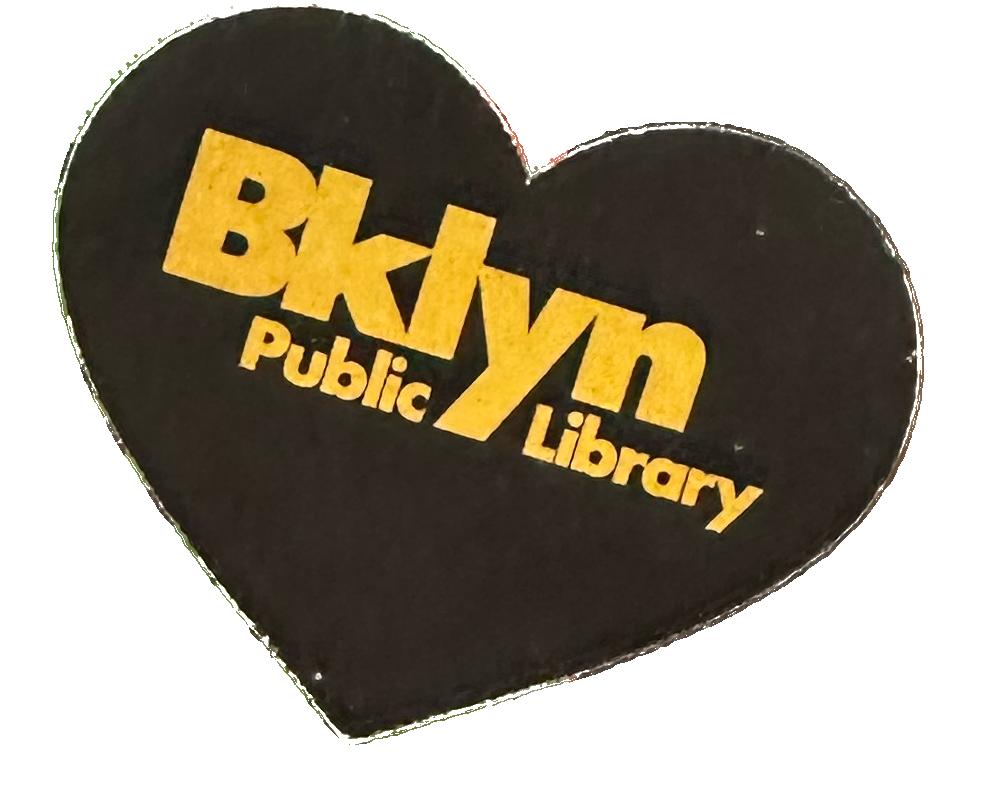



synthesizing community engagement to plan for programming
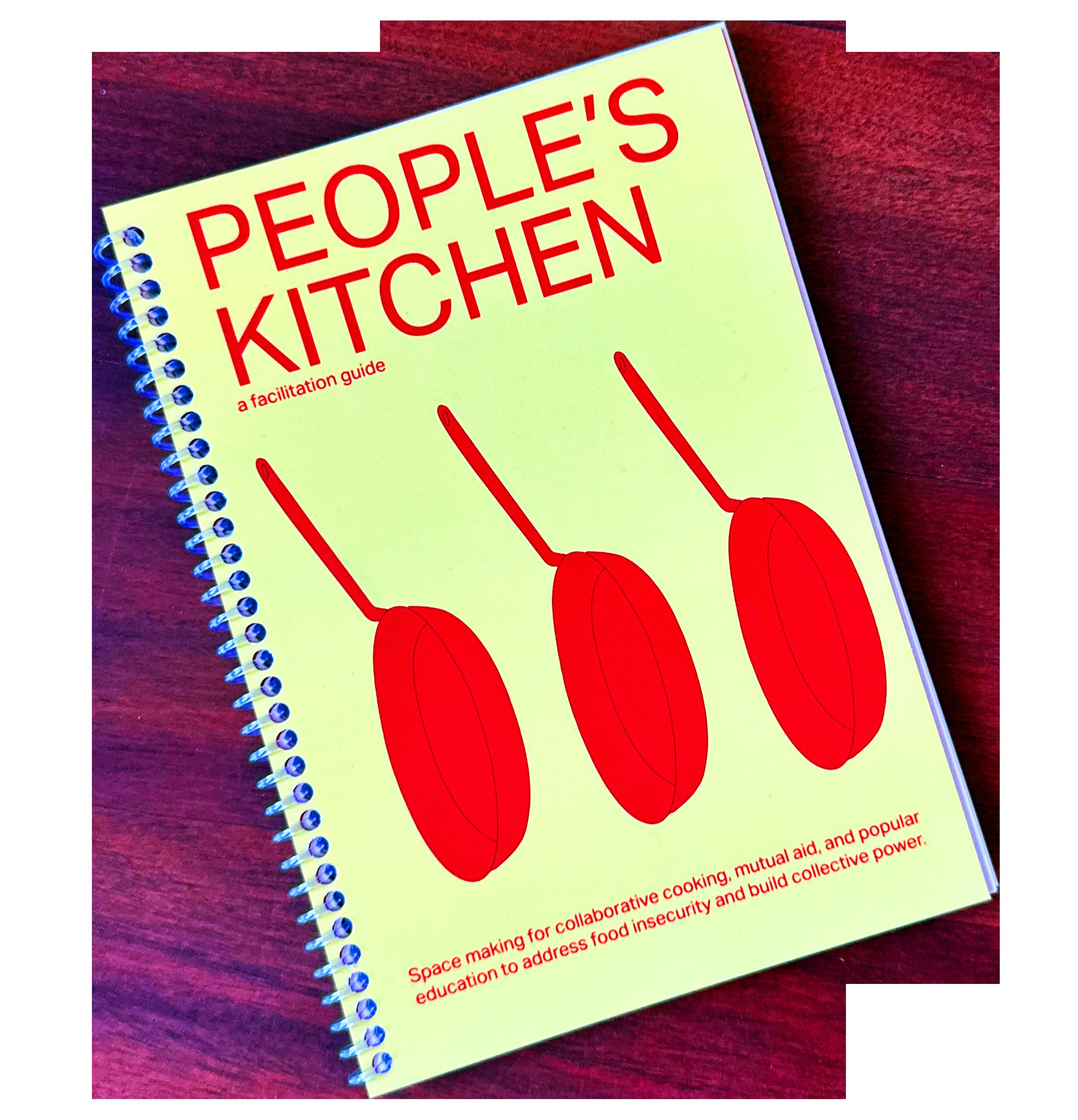
practical tool and theoretical extension designed for community organizers, educators, and anyone intrested in programming within their context
living document to be adapted, expanded and reinterpreted
works to centralize resources and articulate processes includes: thematic curricula, workshop outlines, resource lists, + participatory facilitation strategies
curiculum is structured around the five themes derived from the public engagement: care, organize, earn and save, share, and learn


